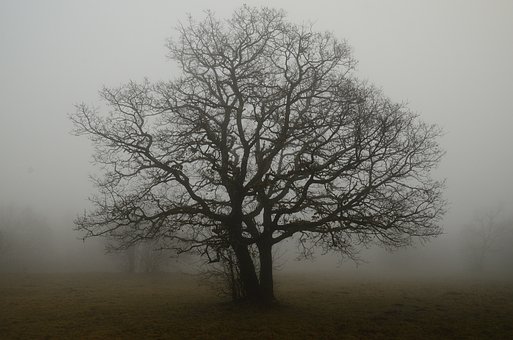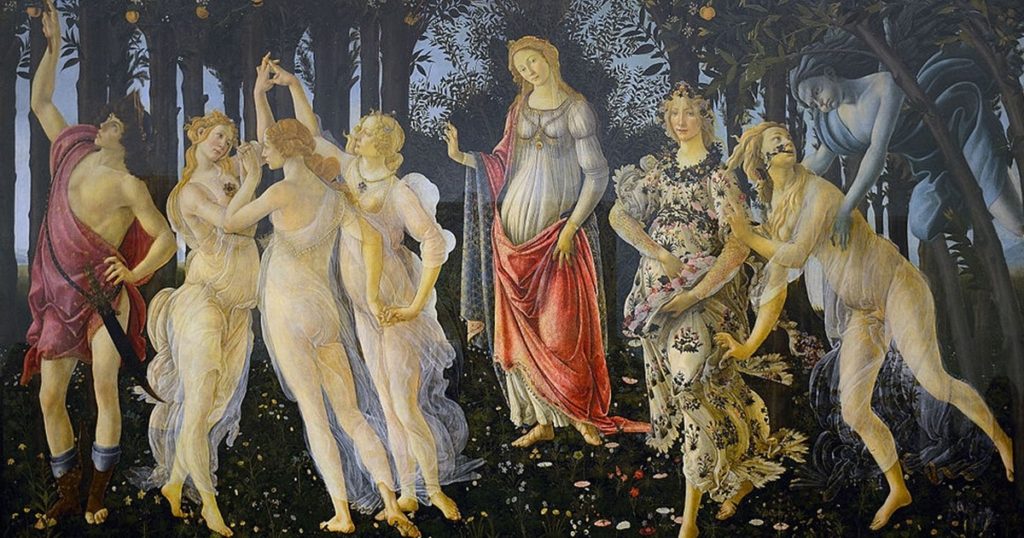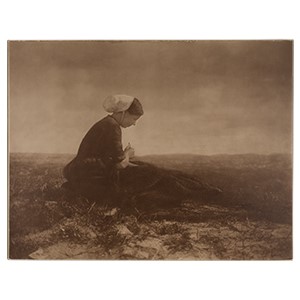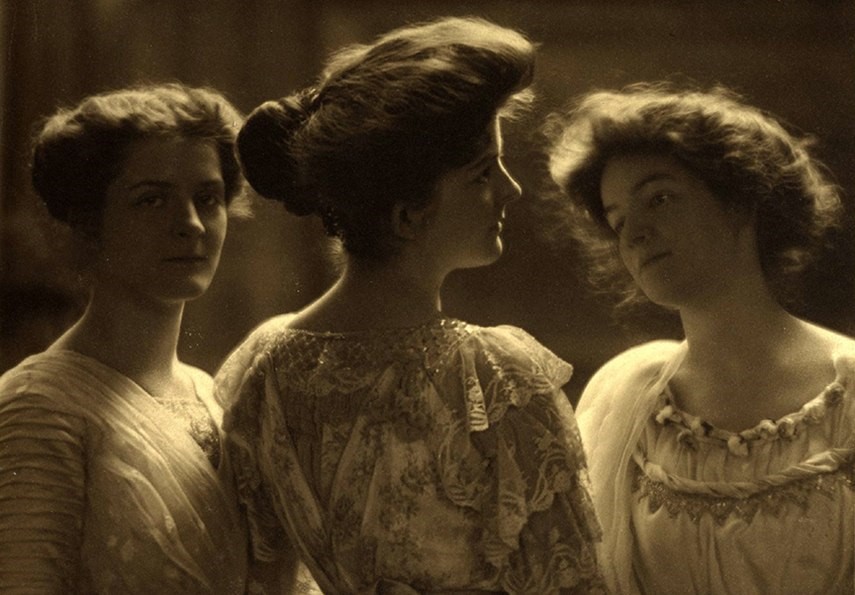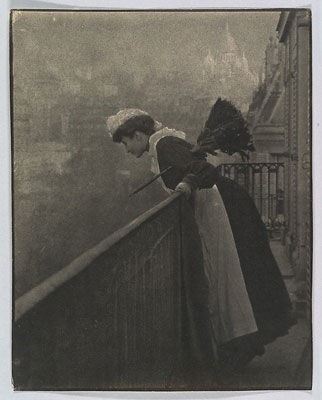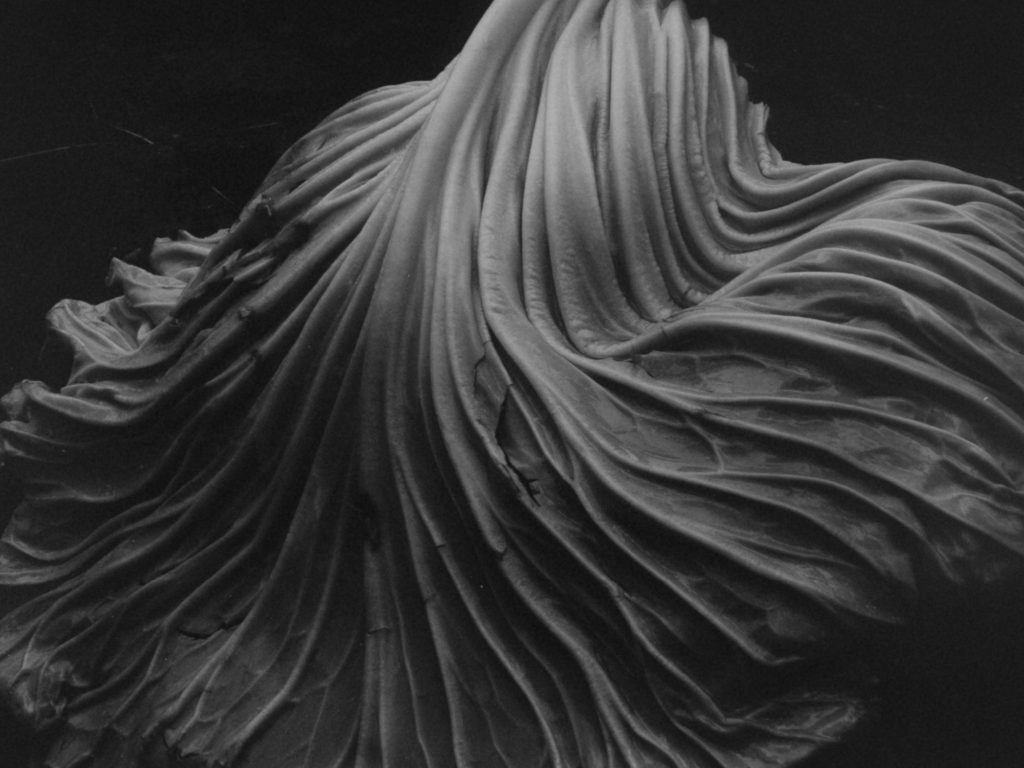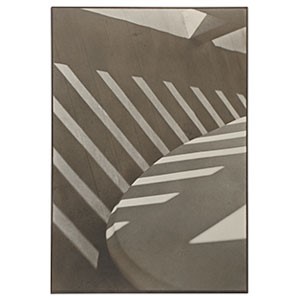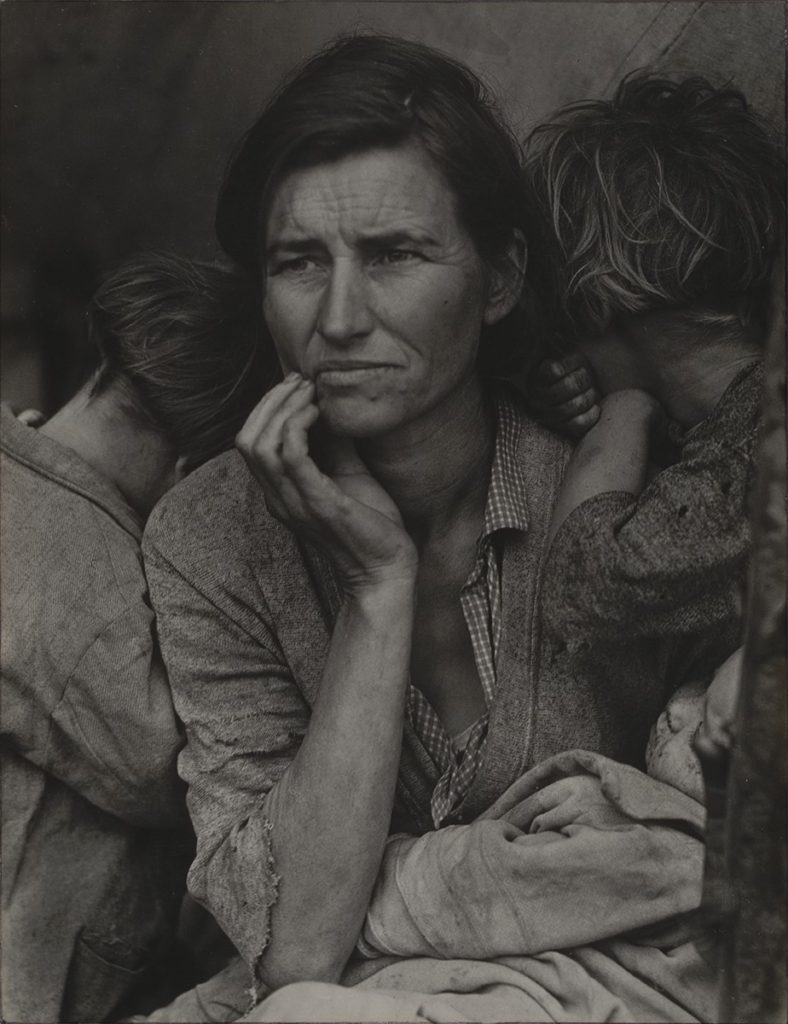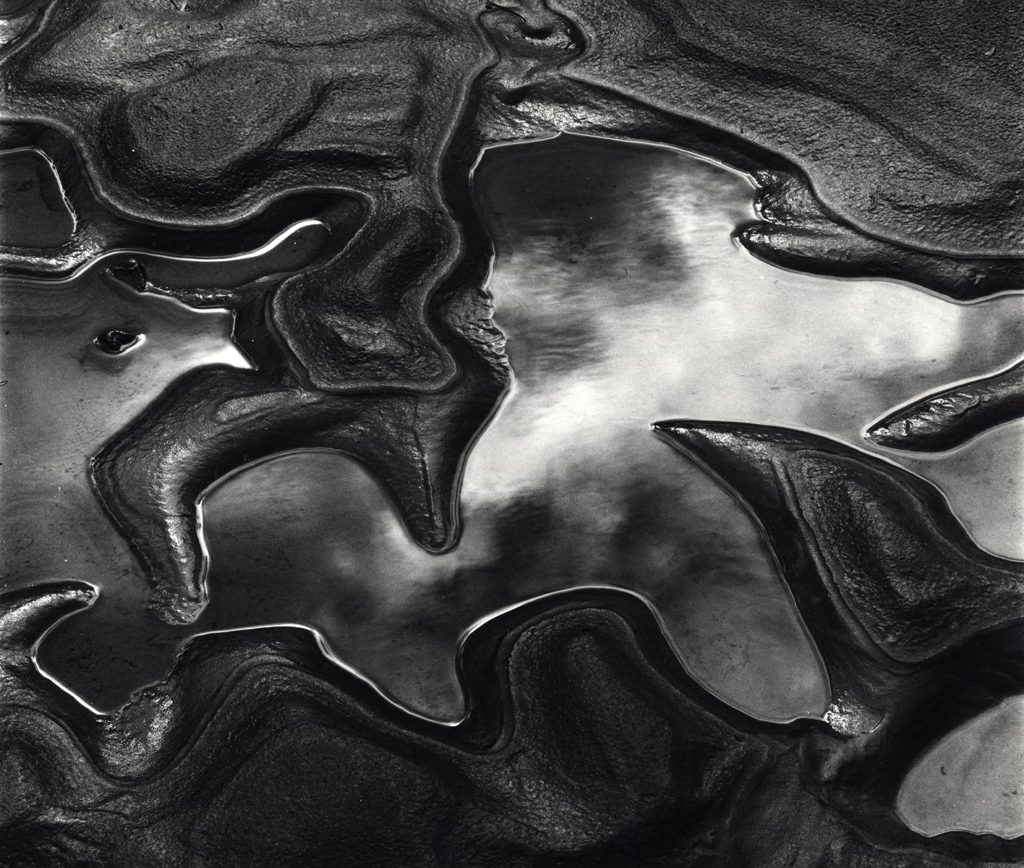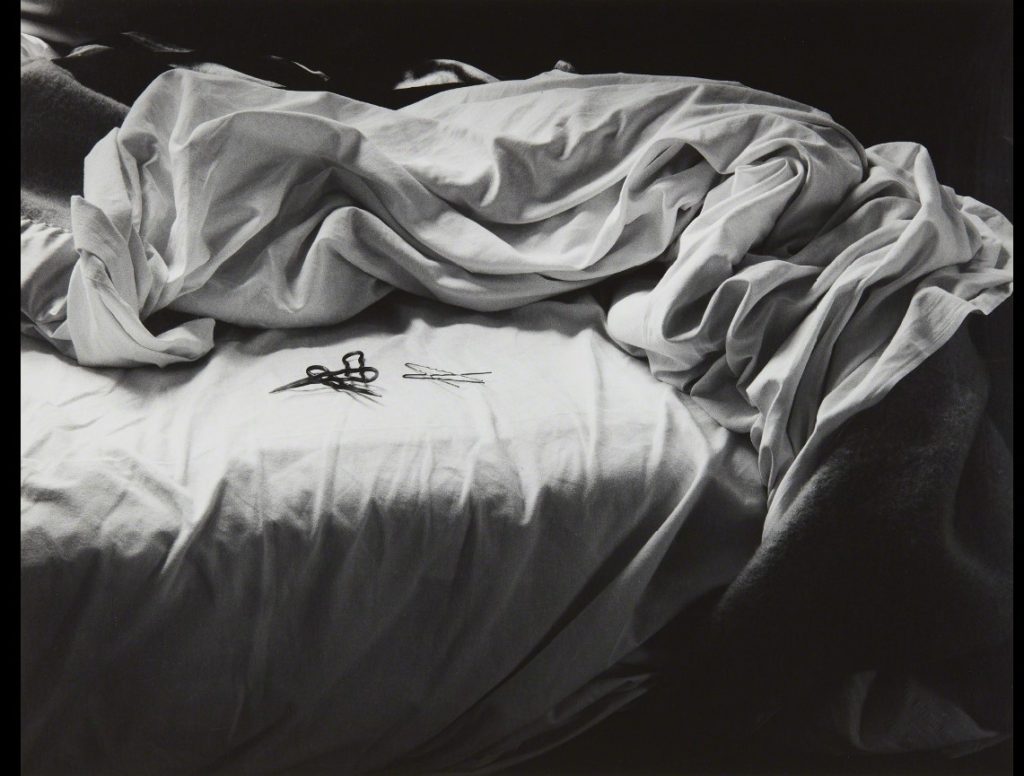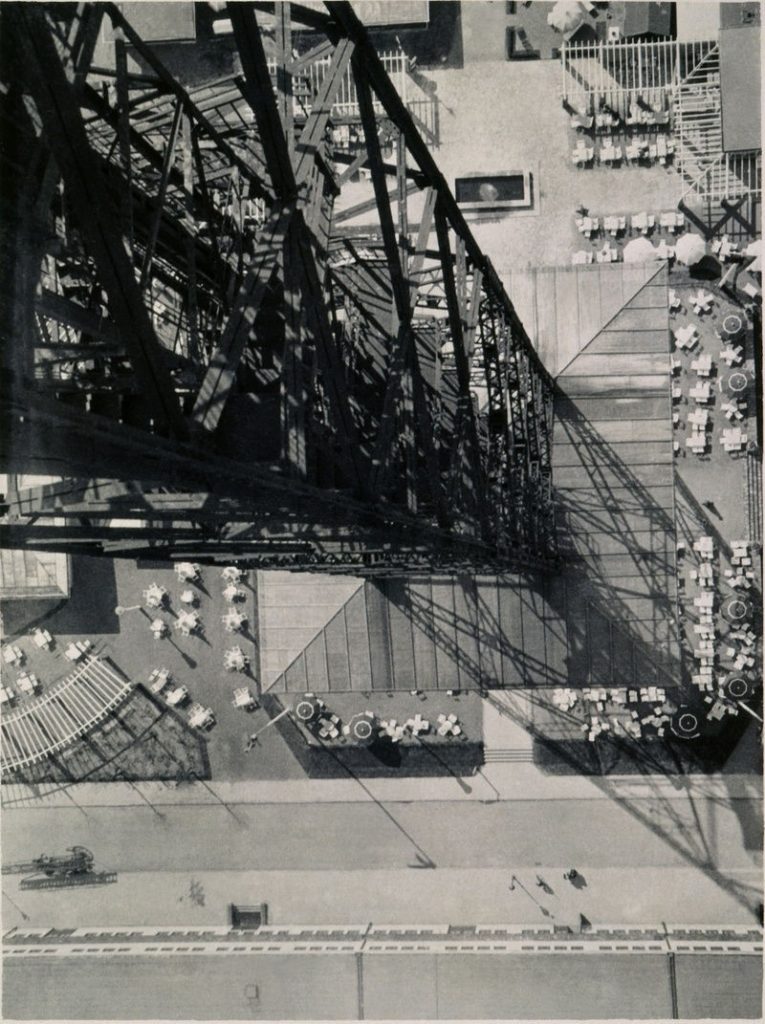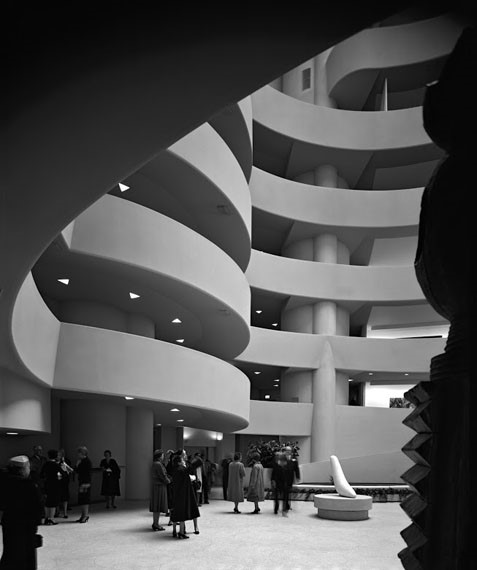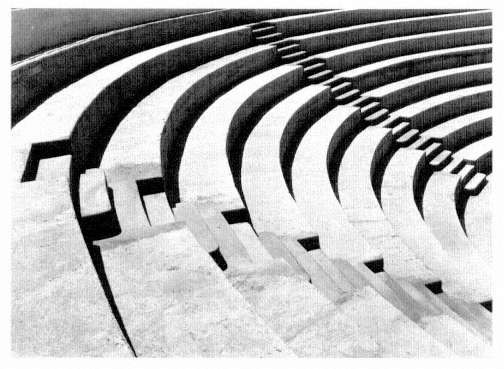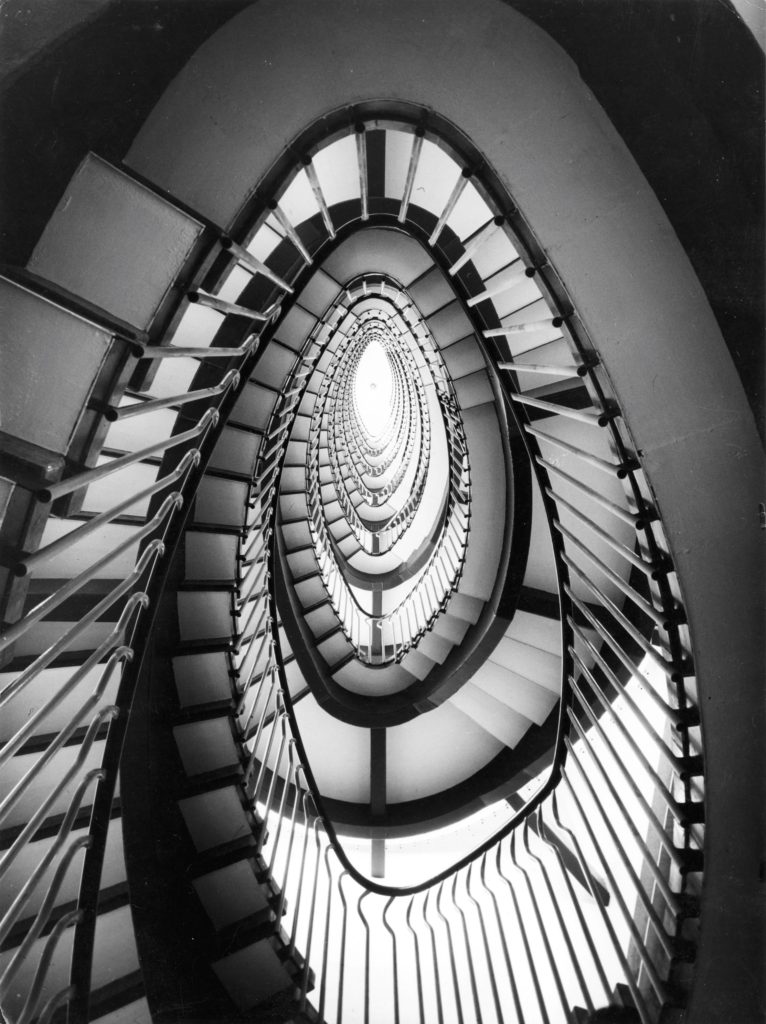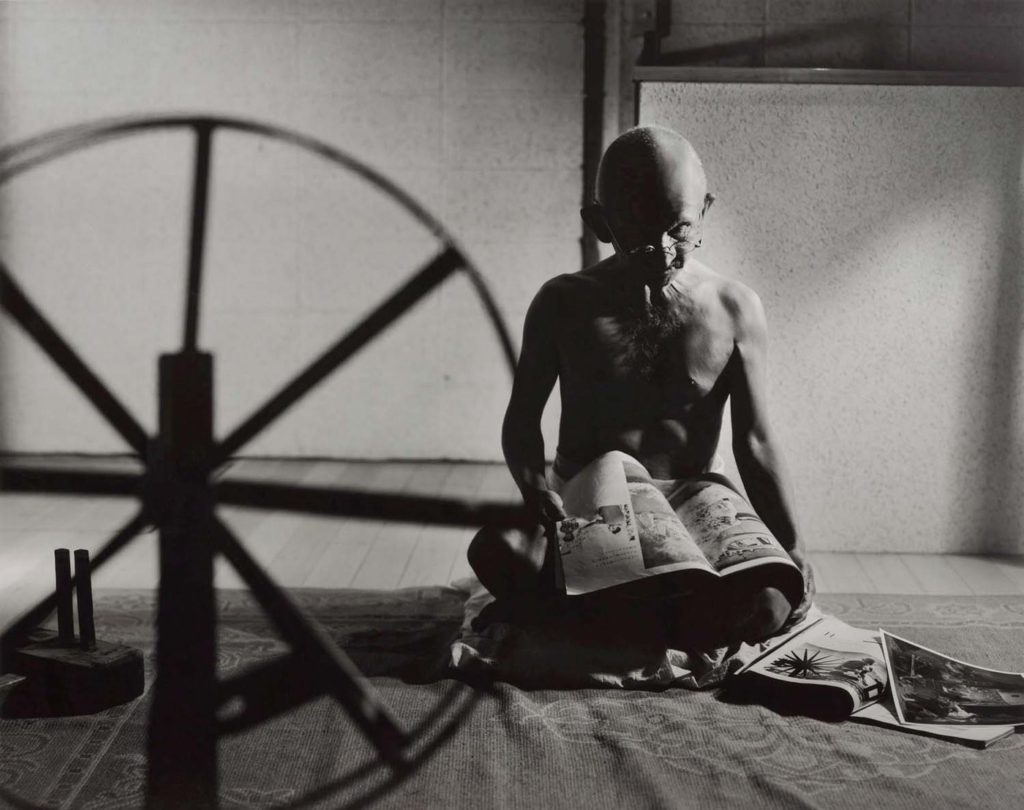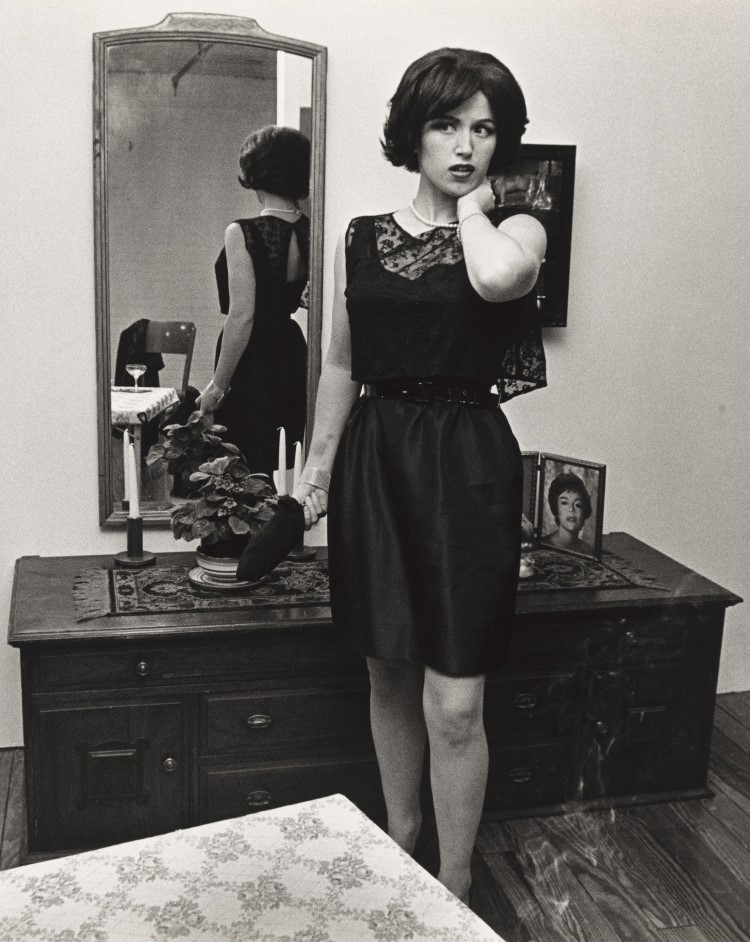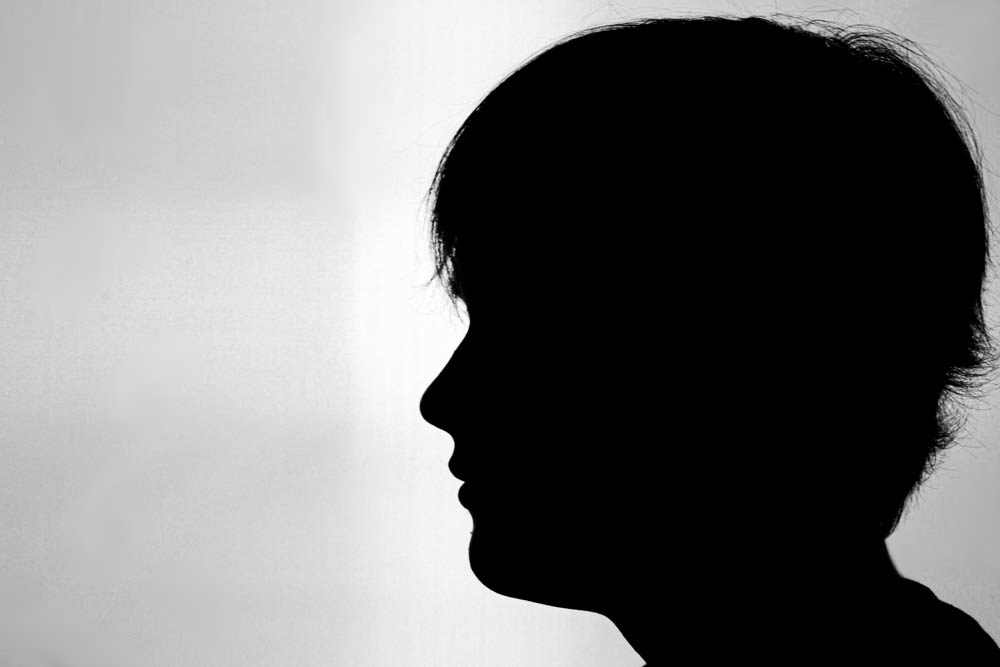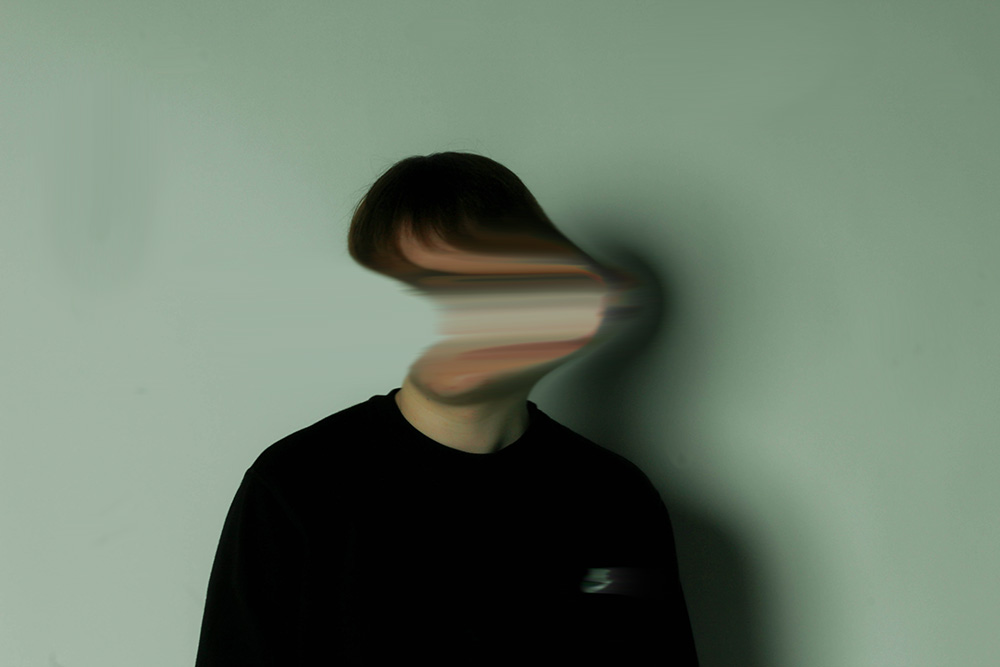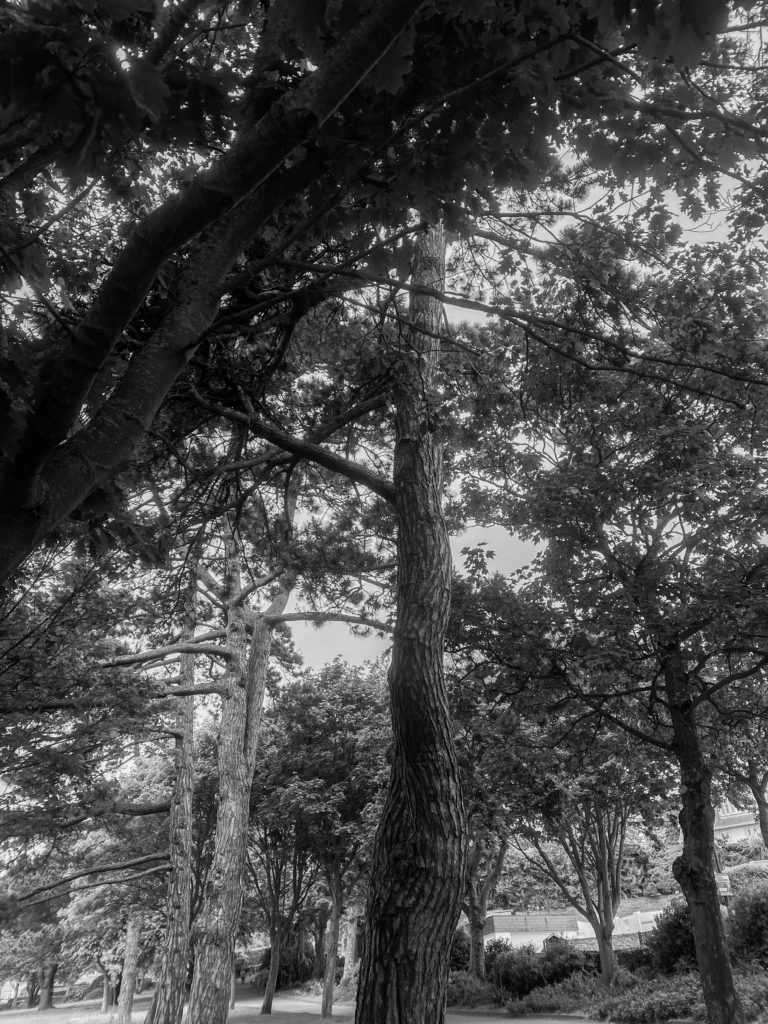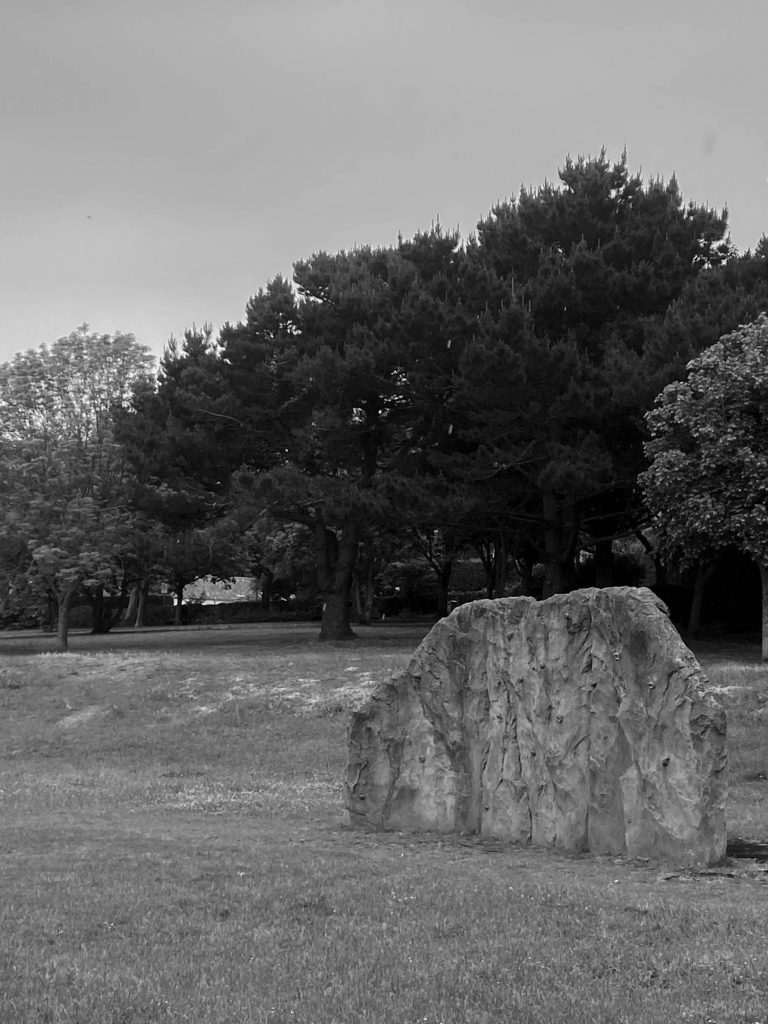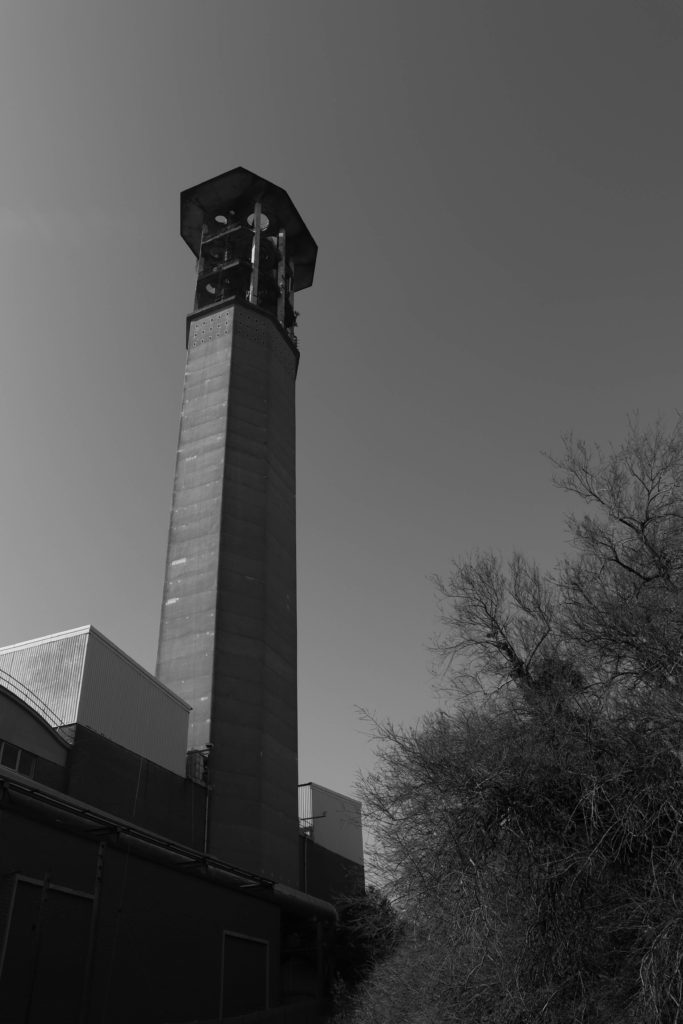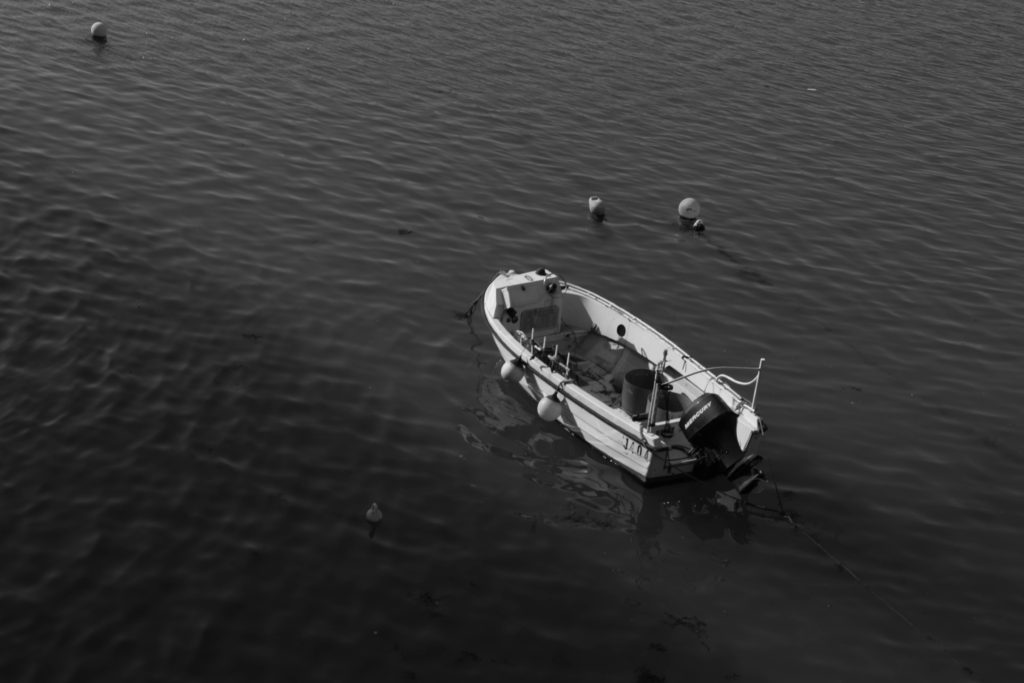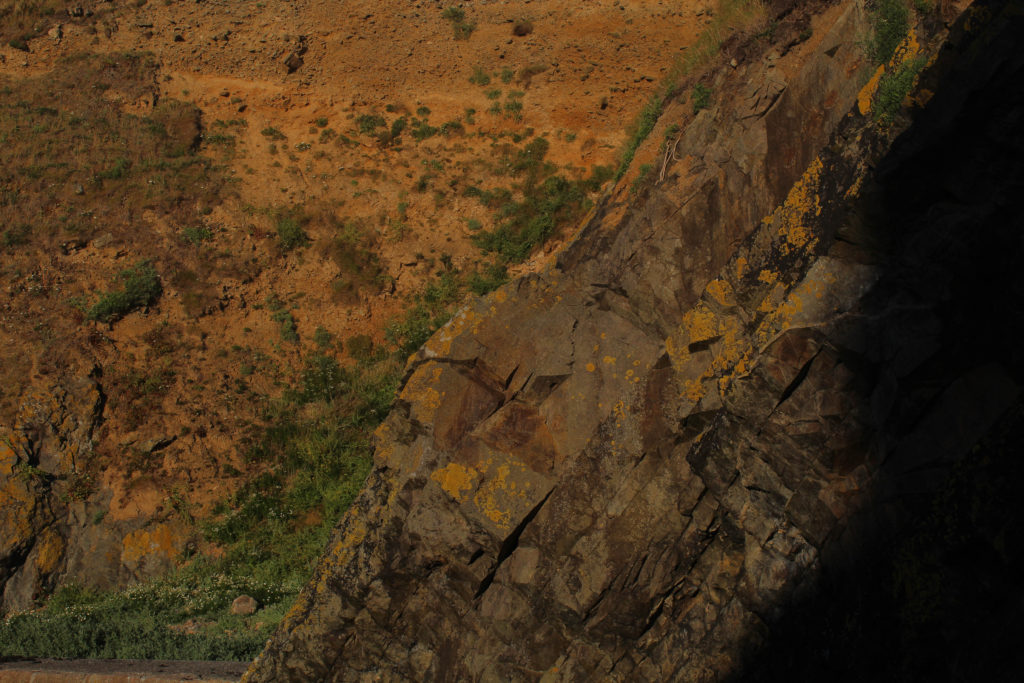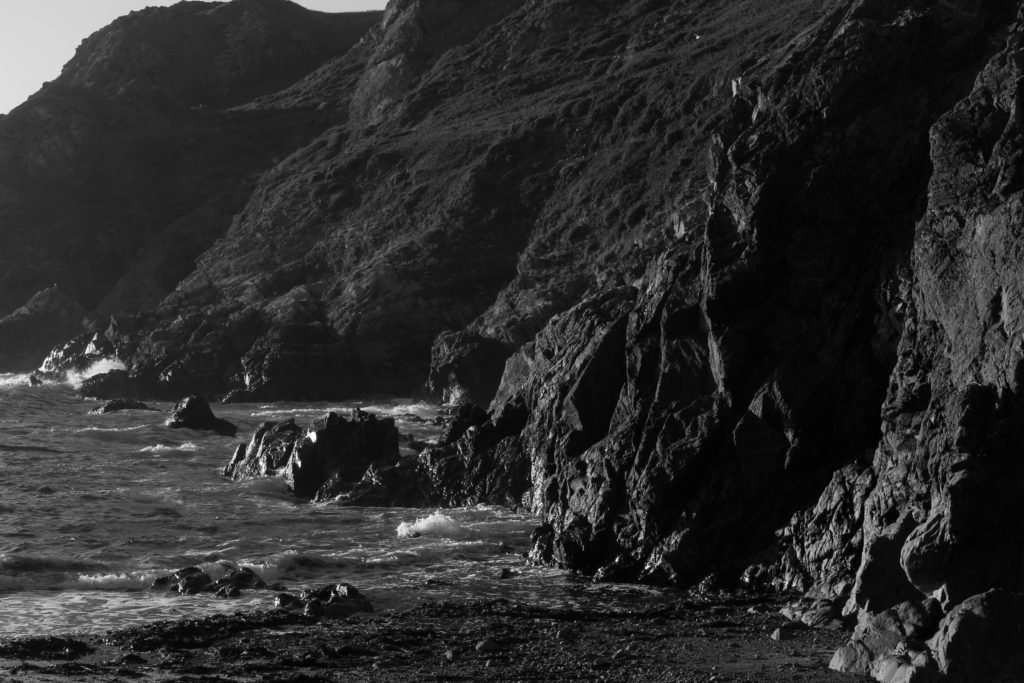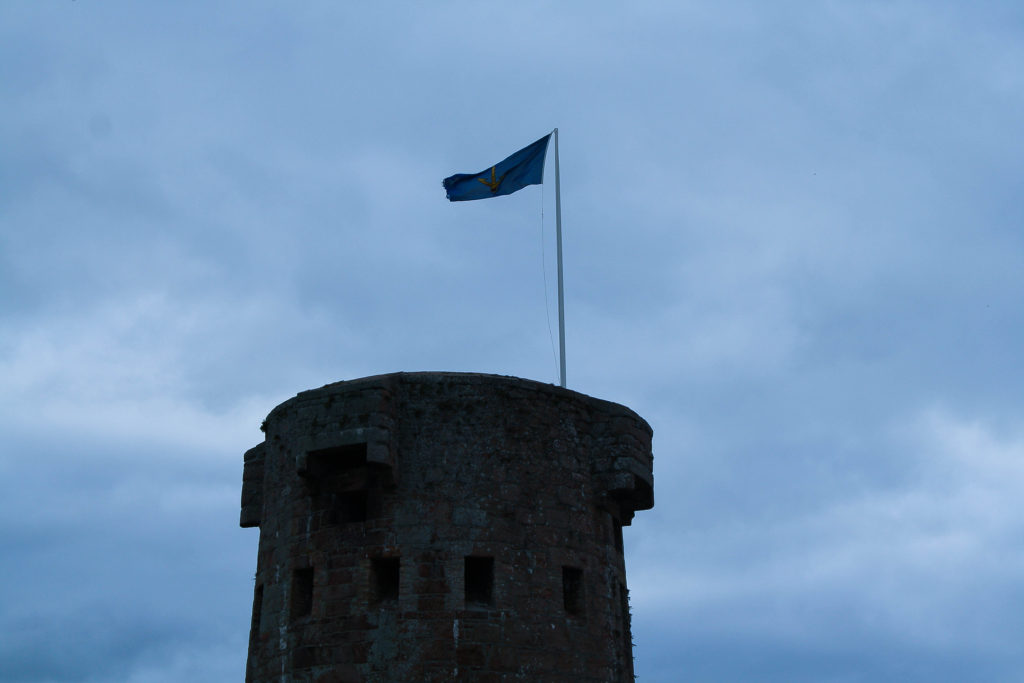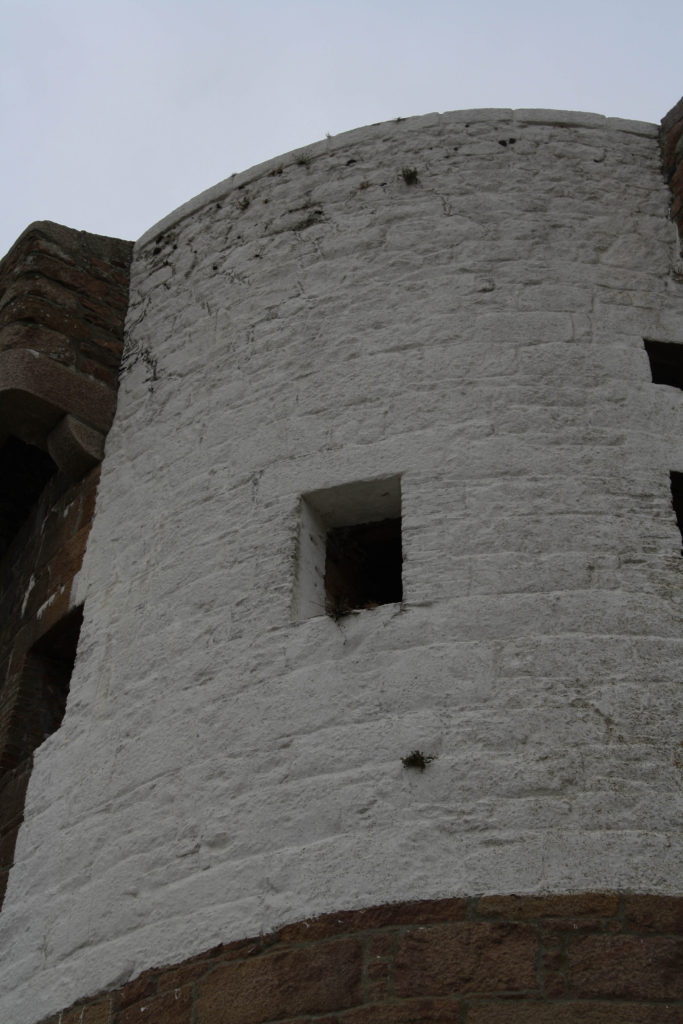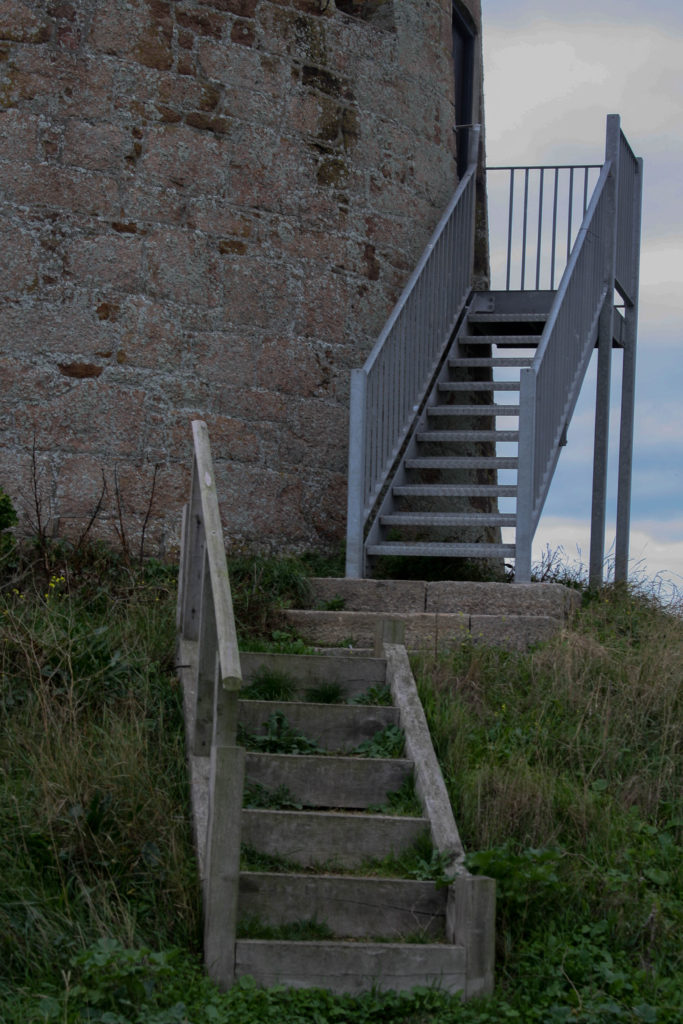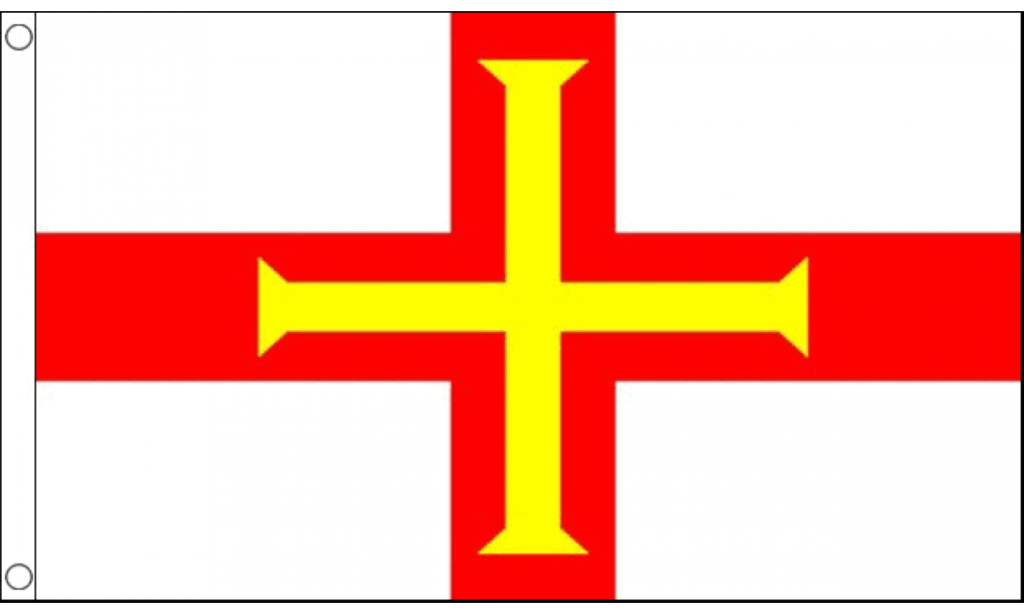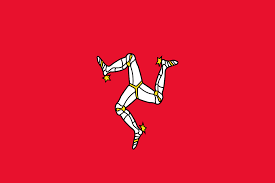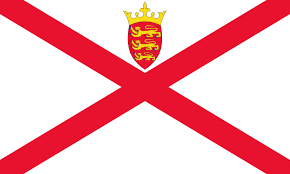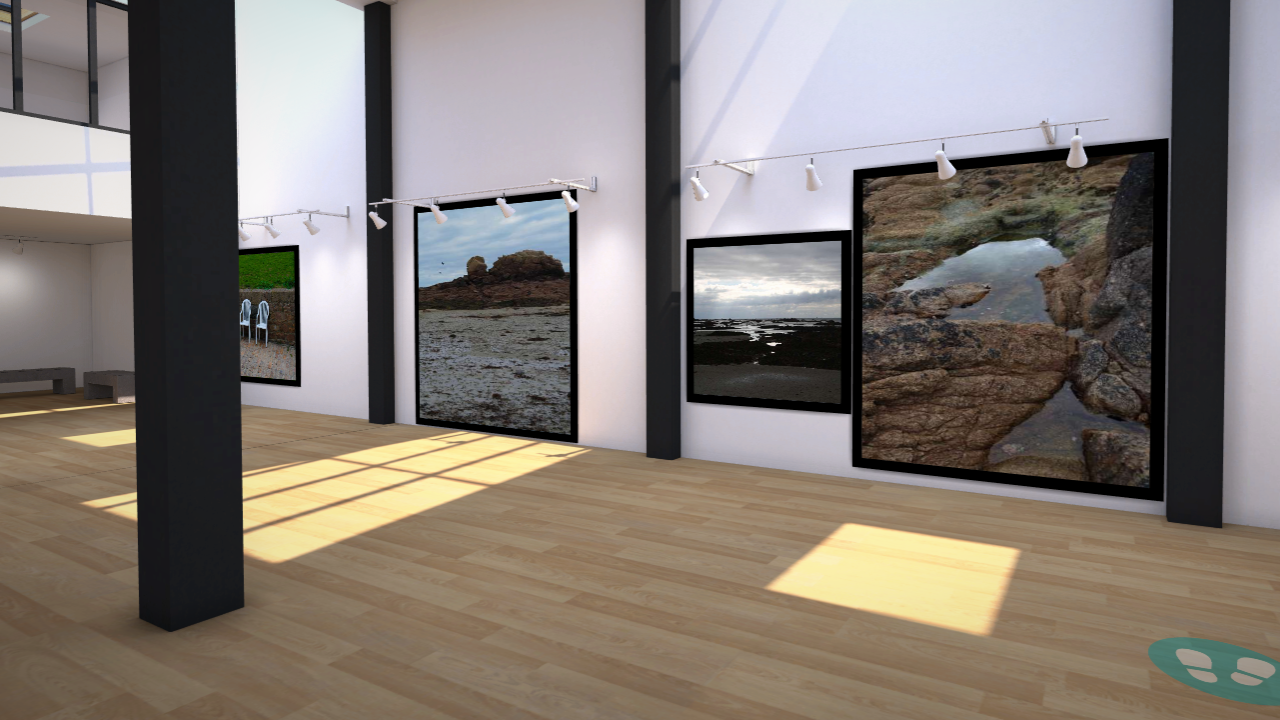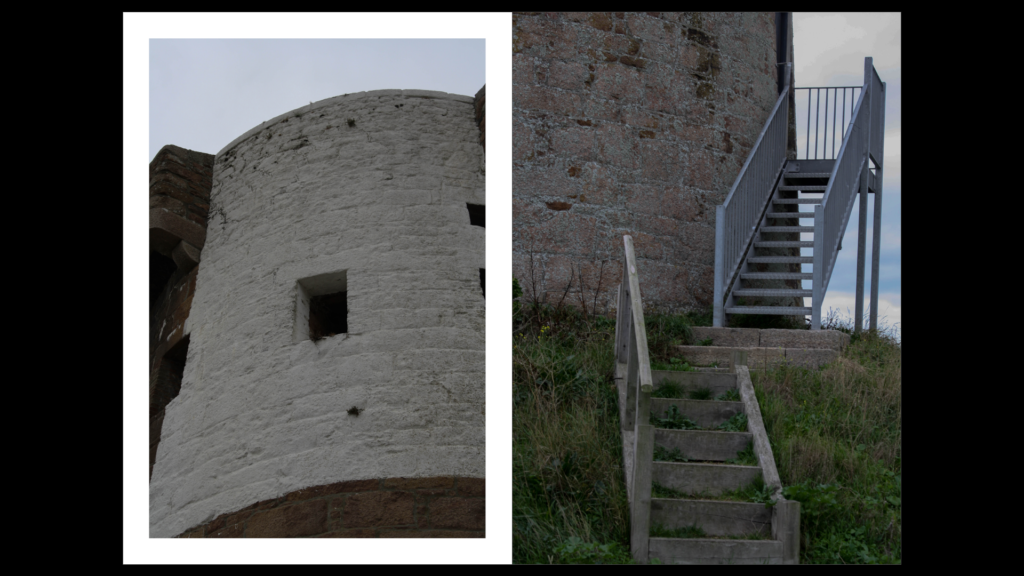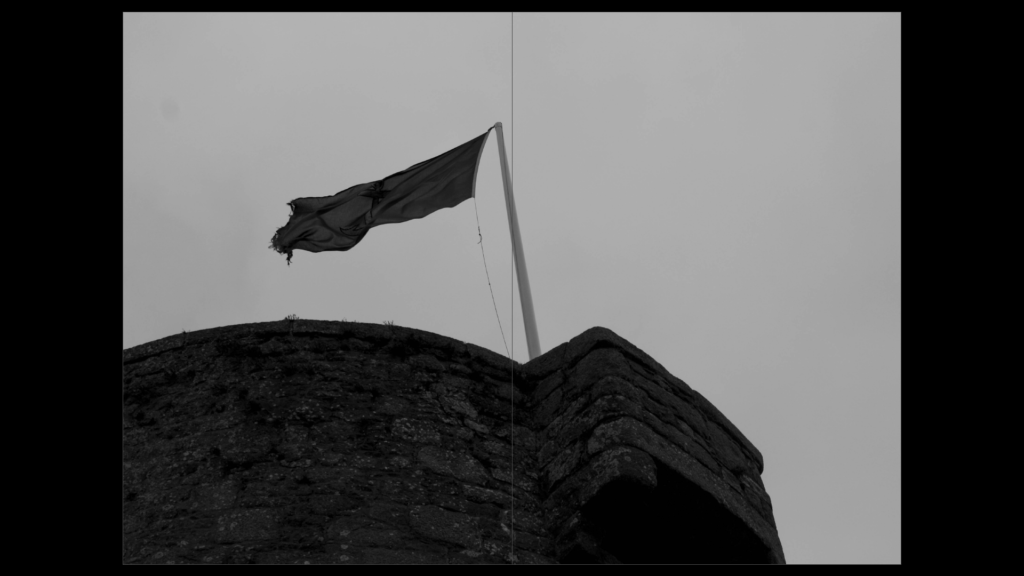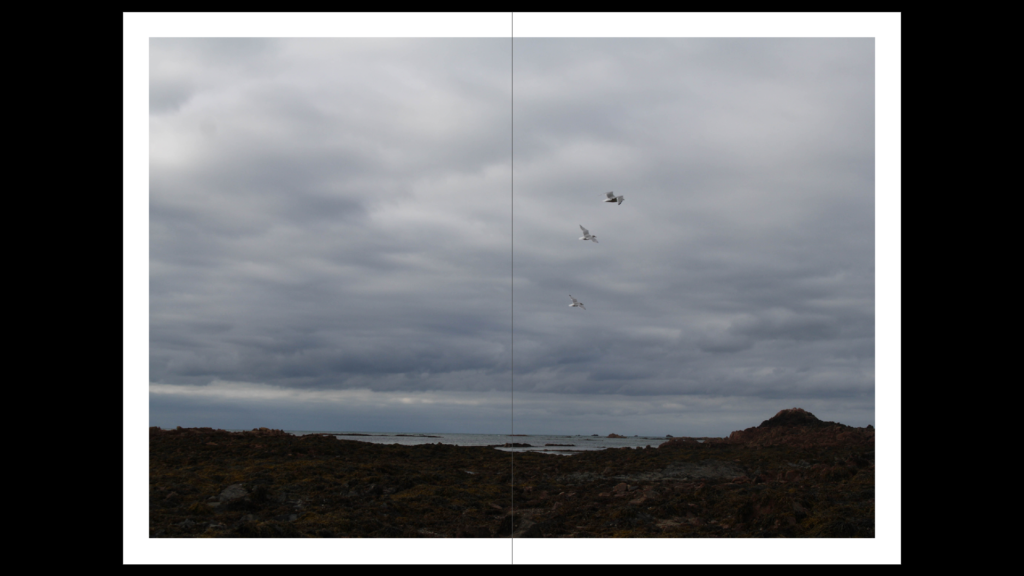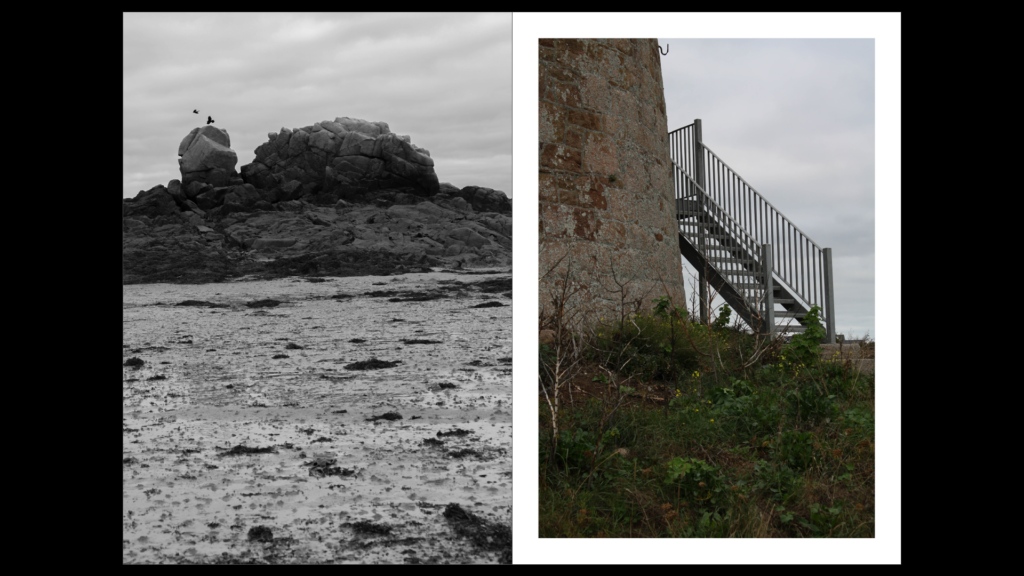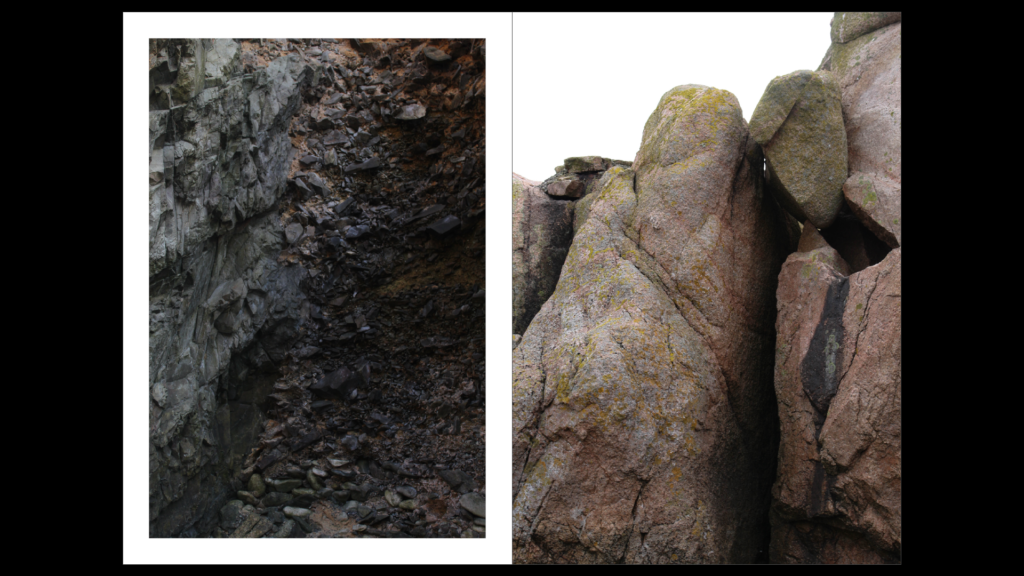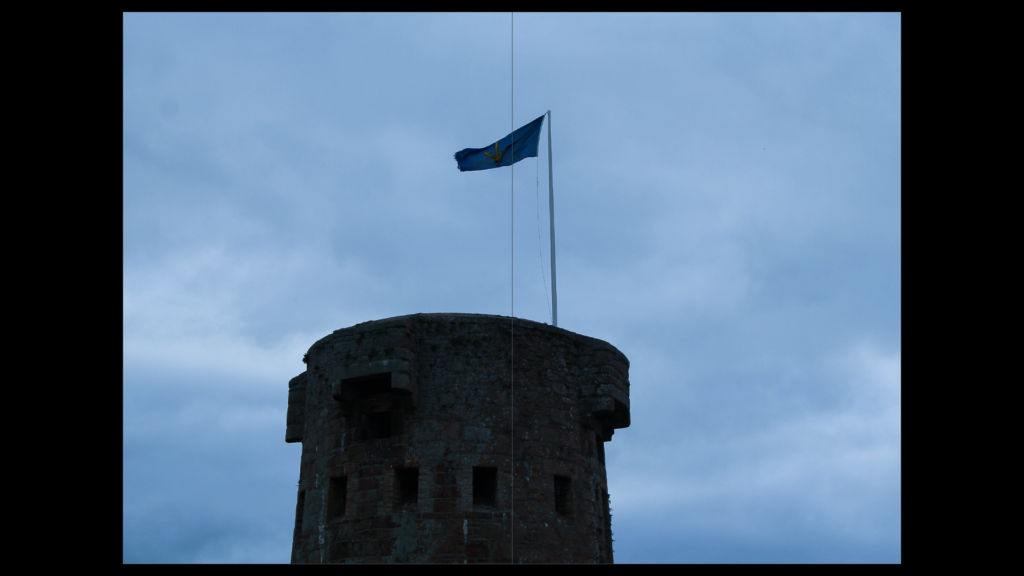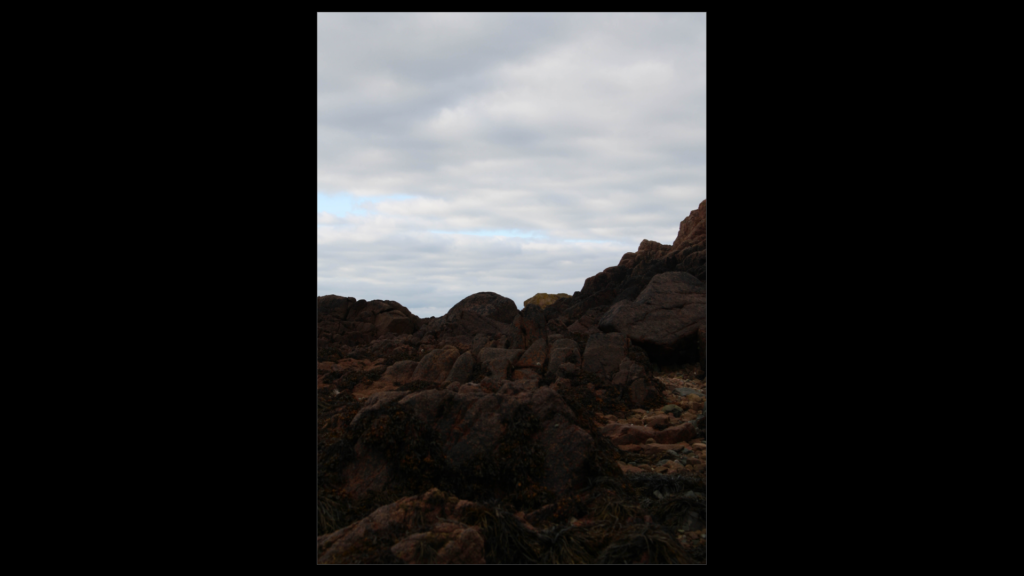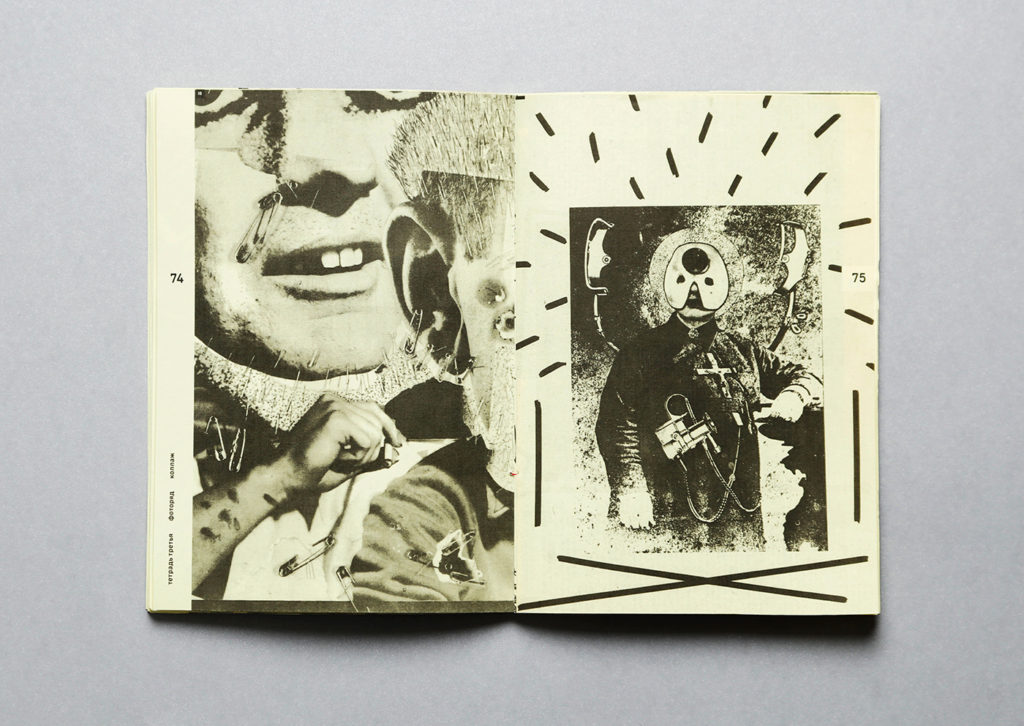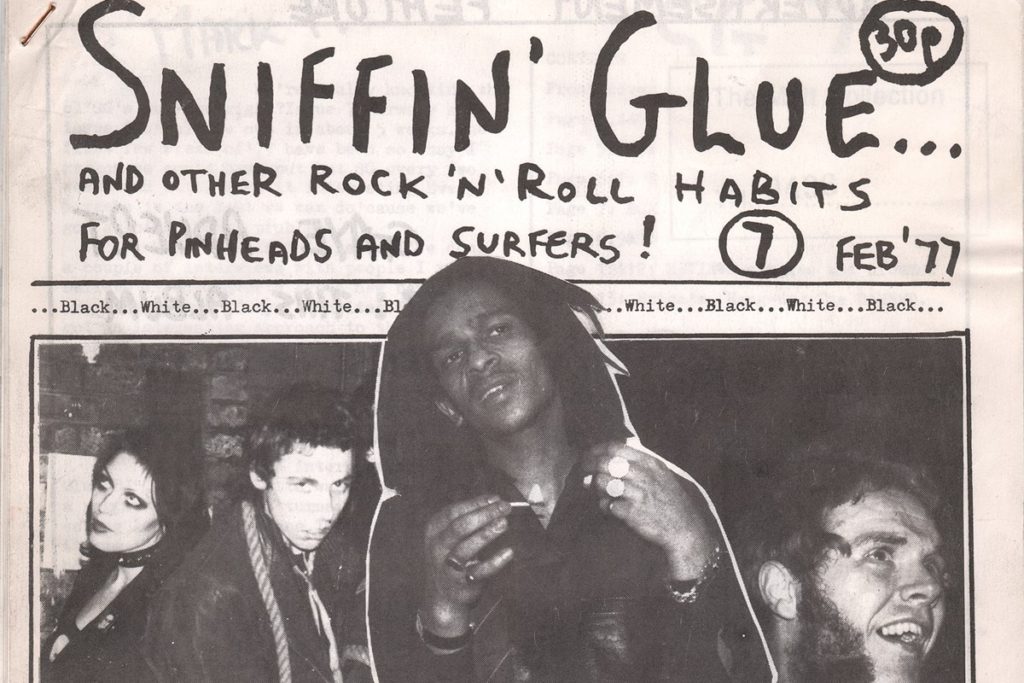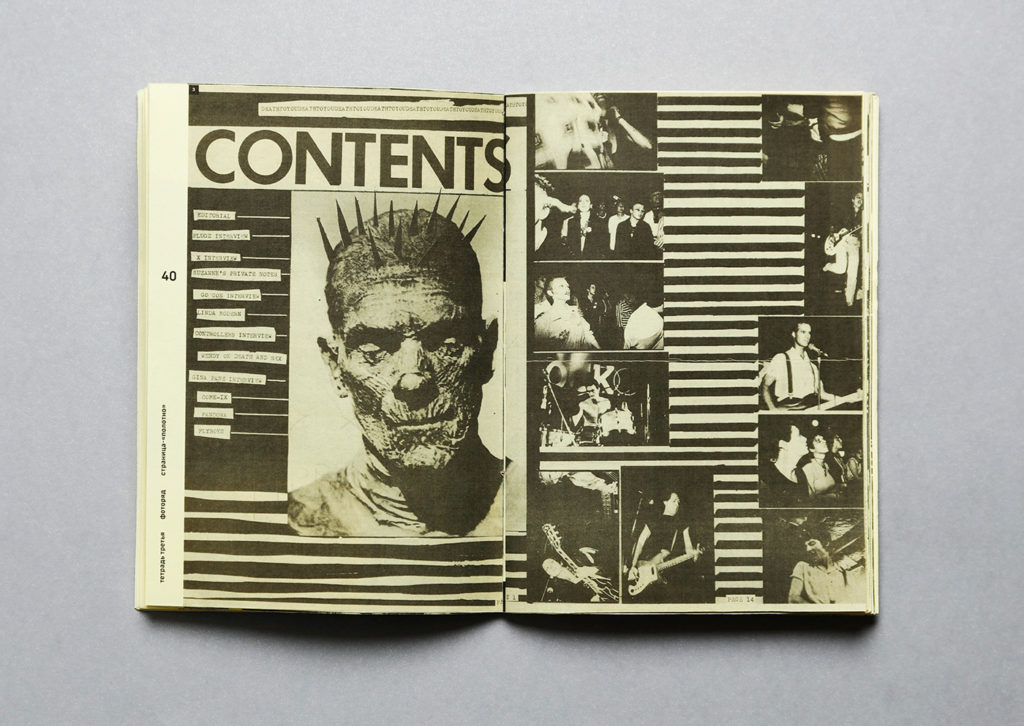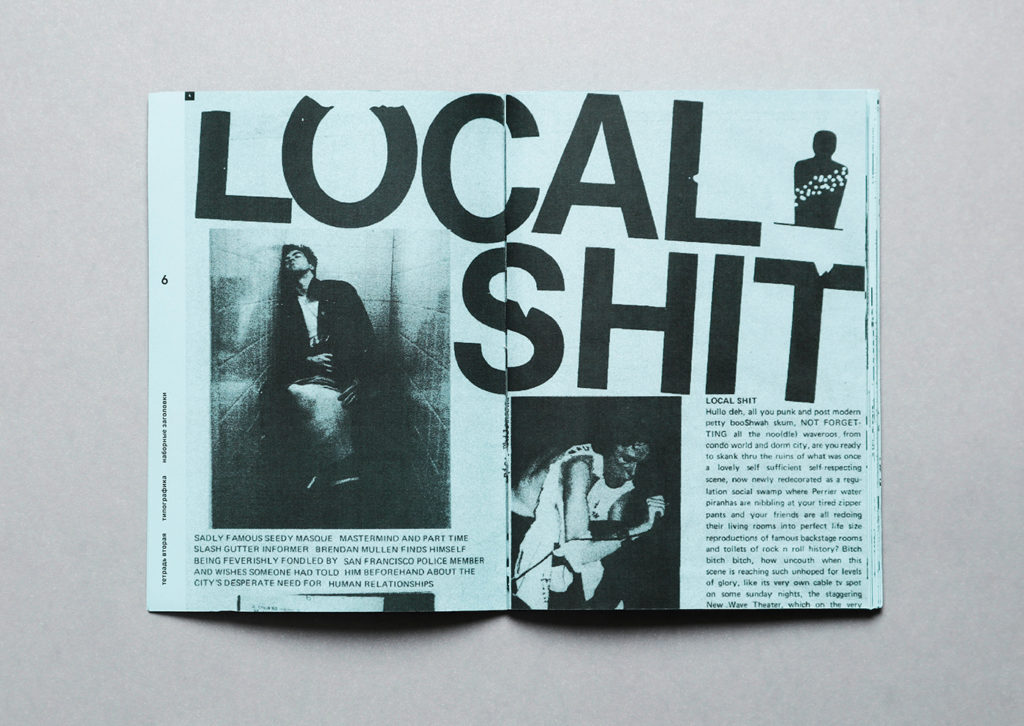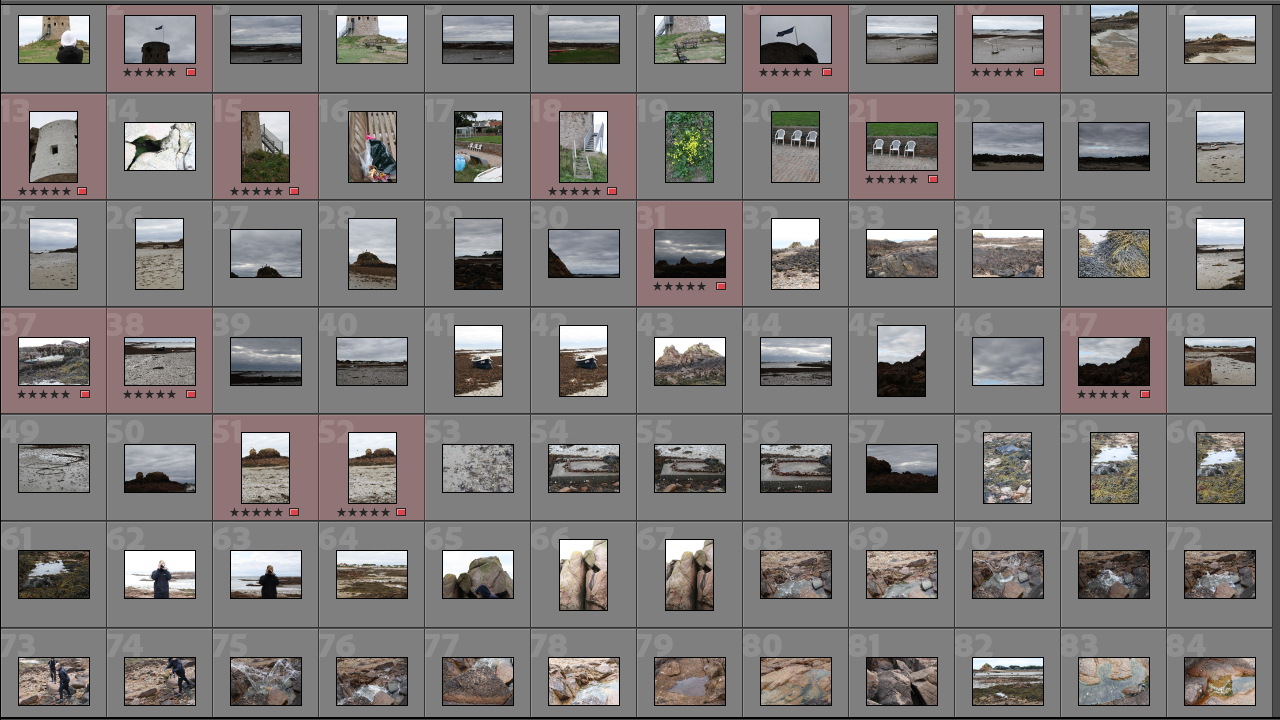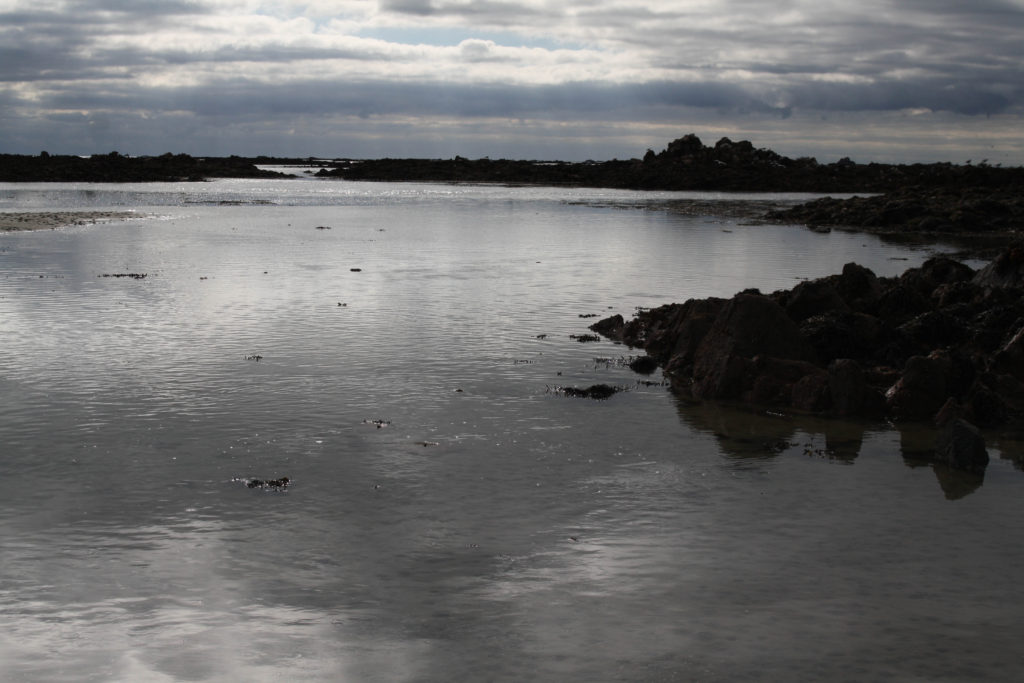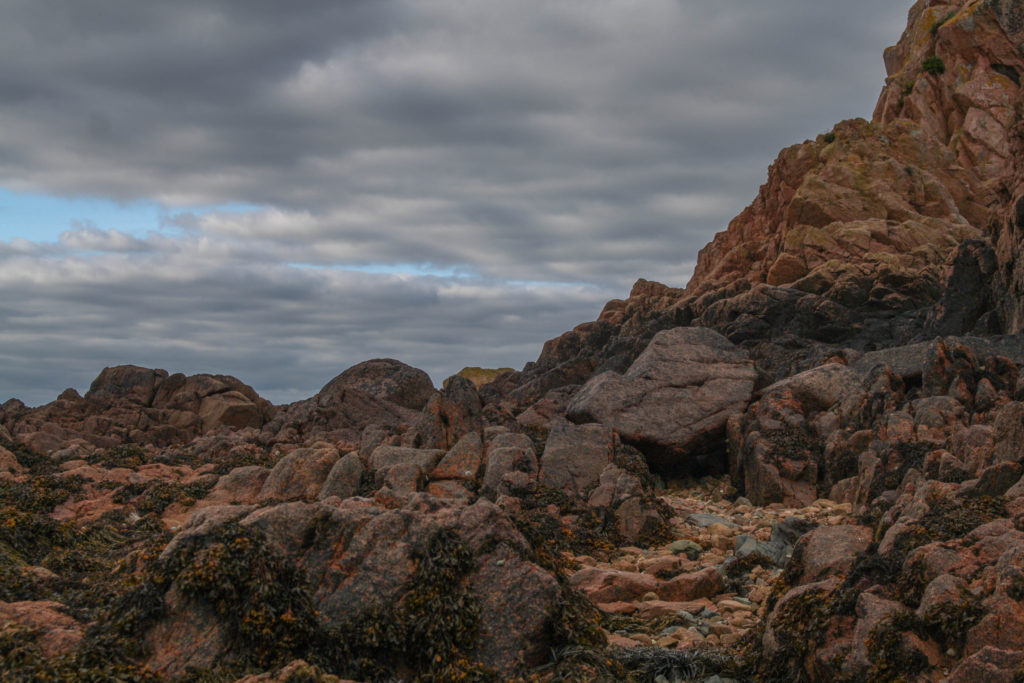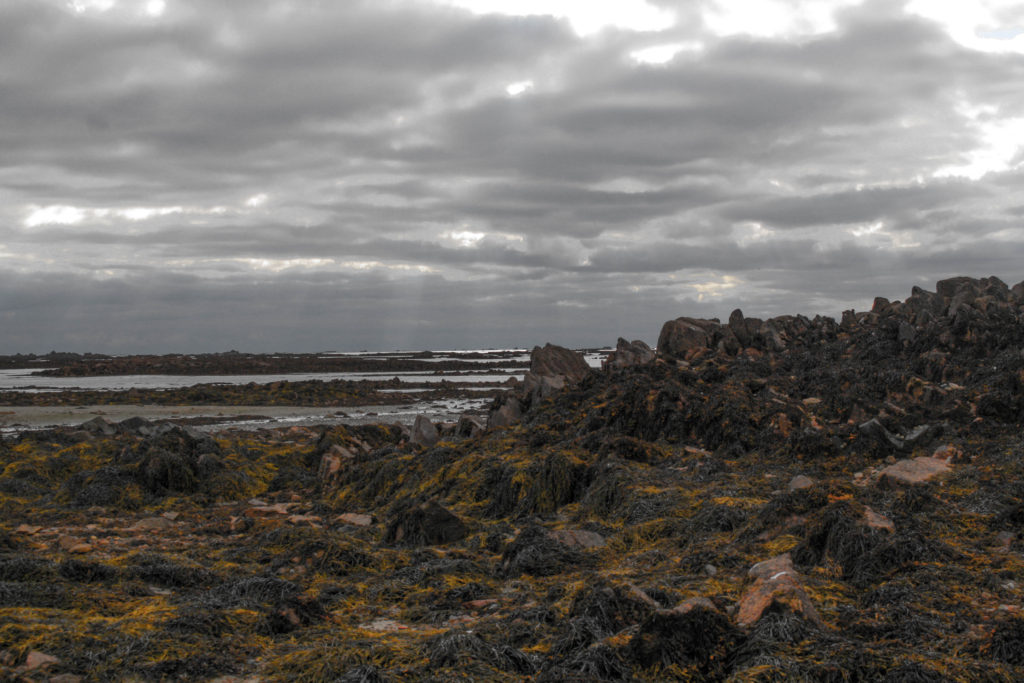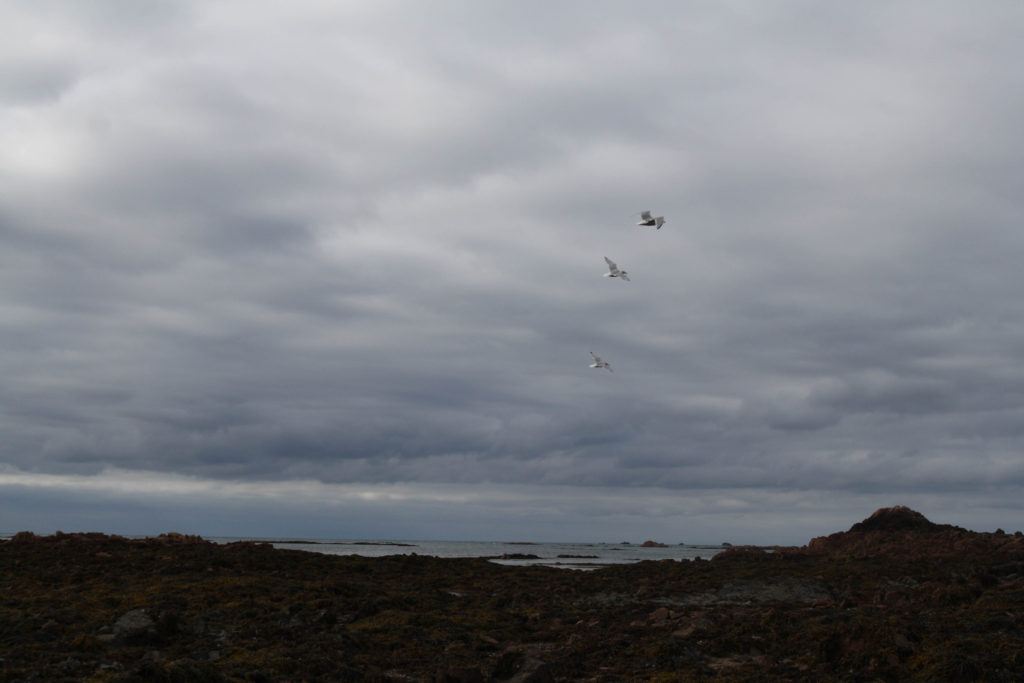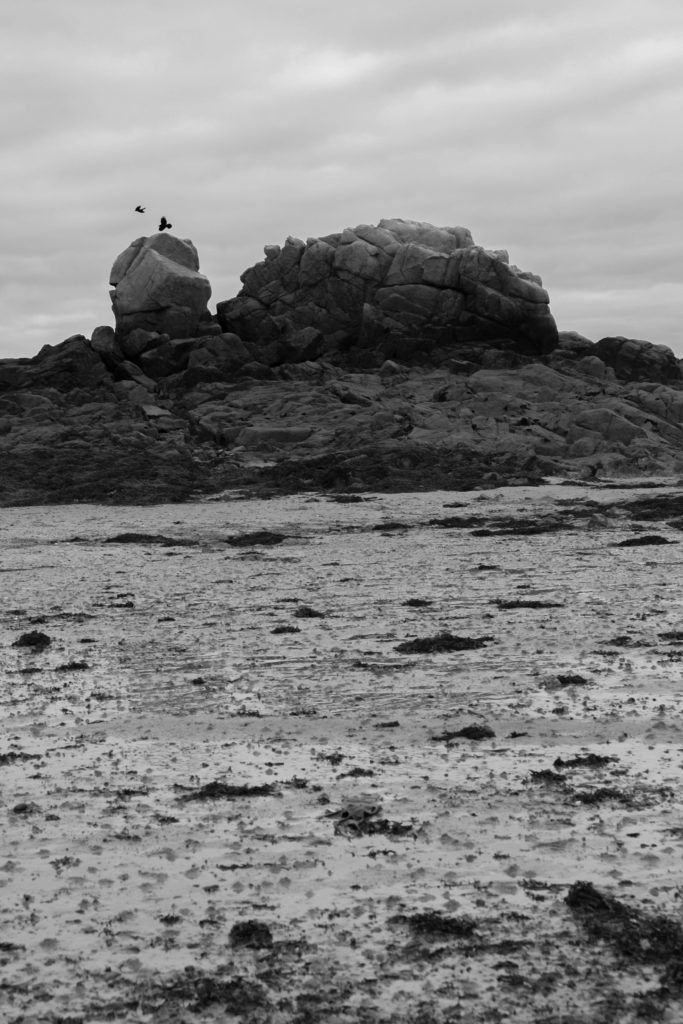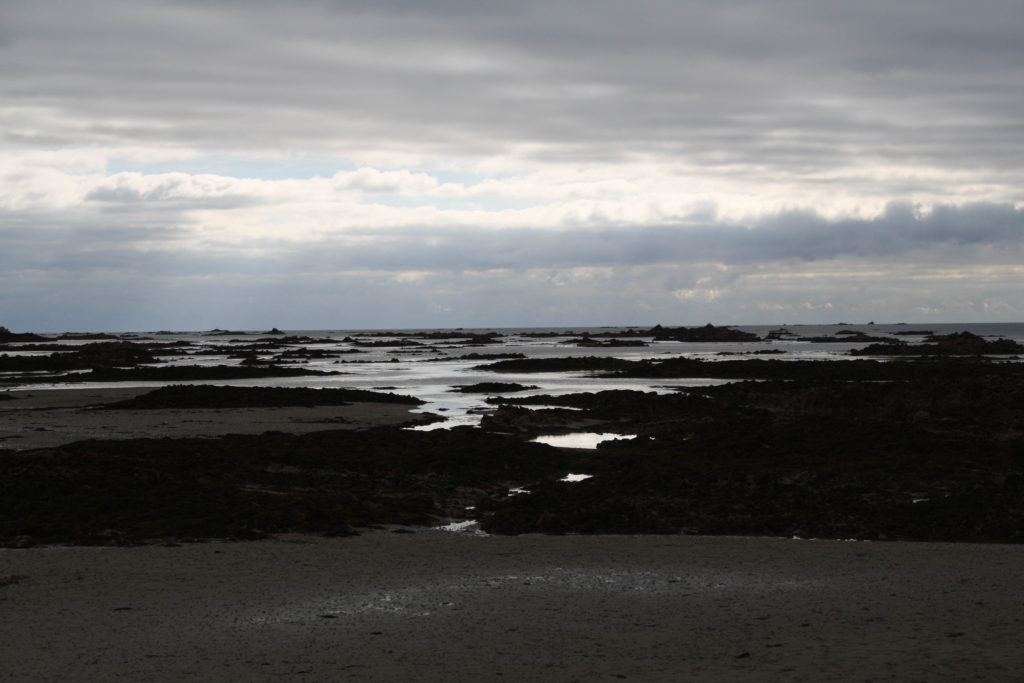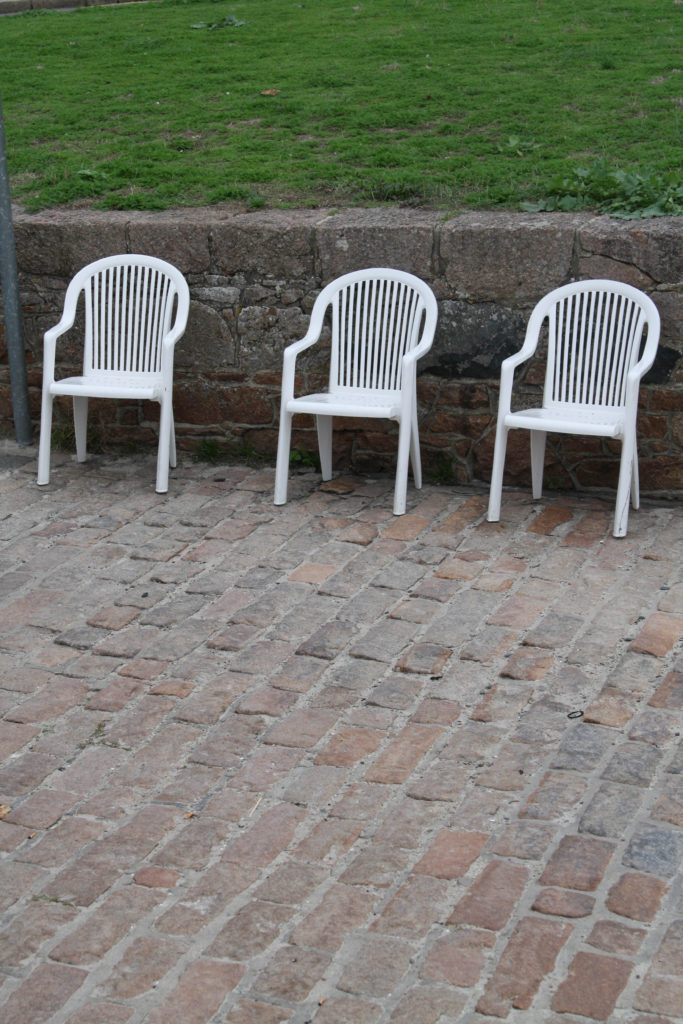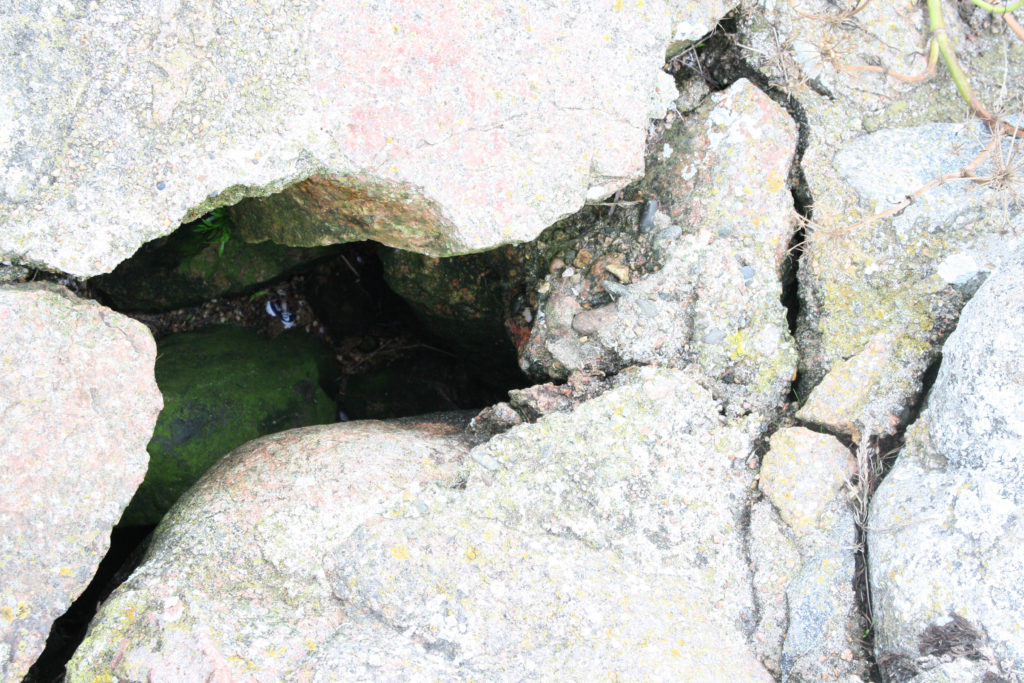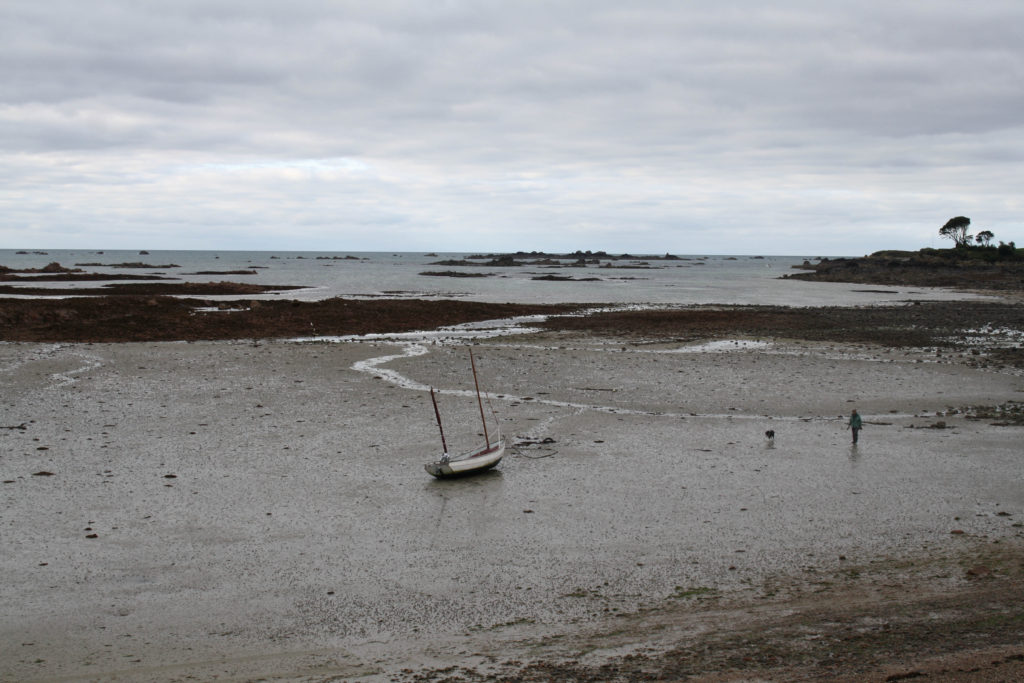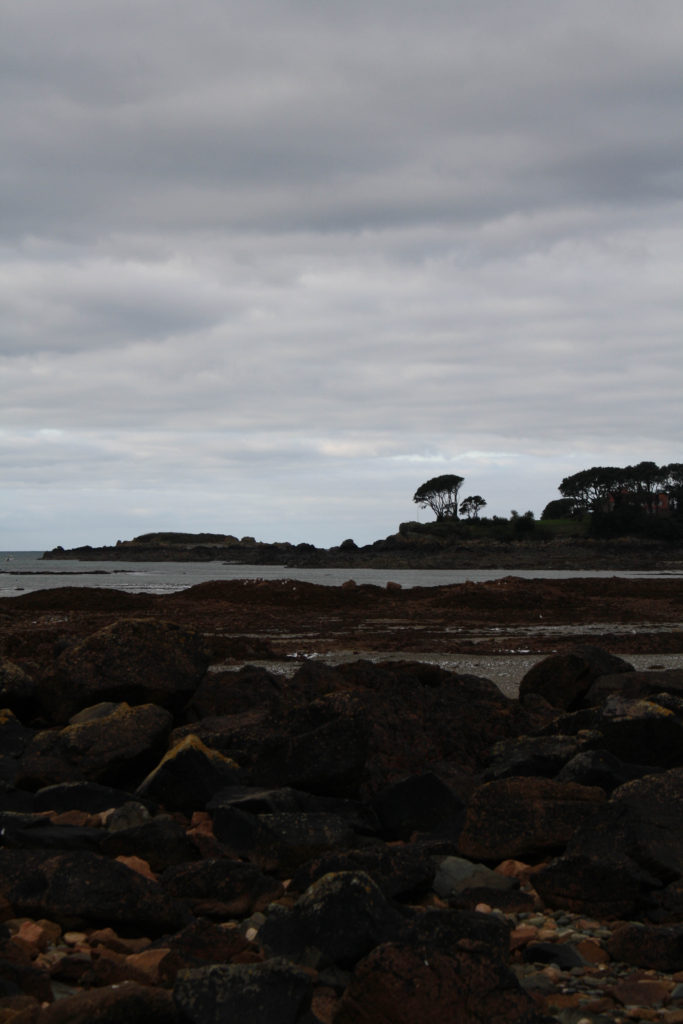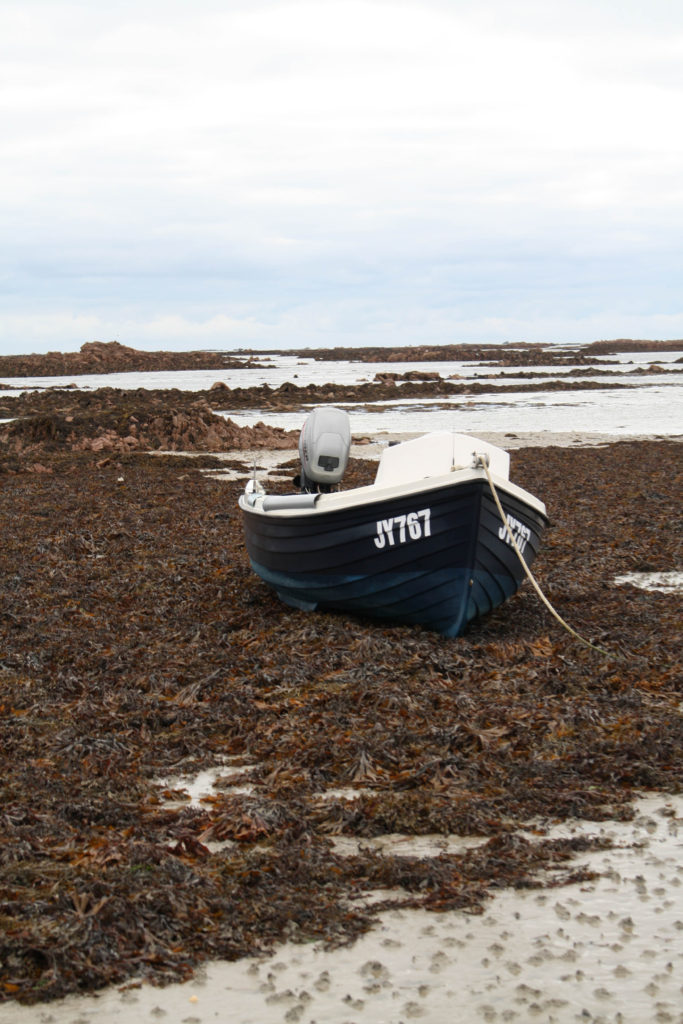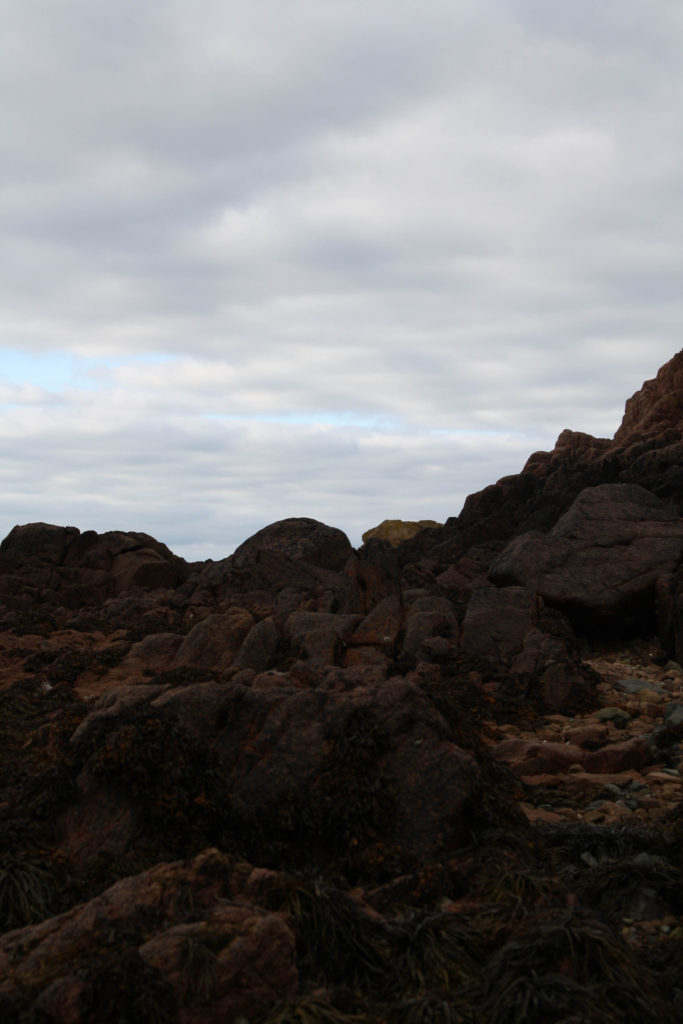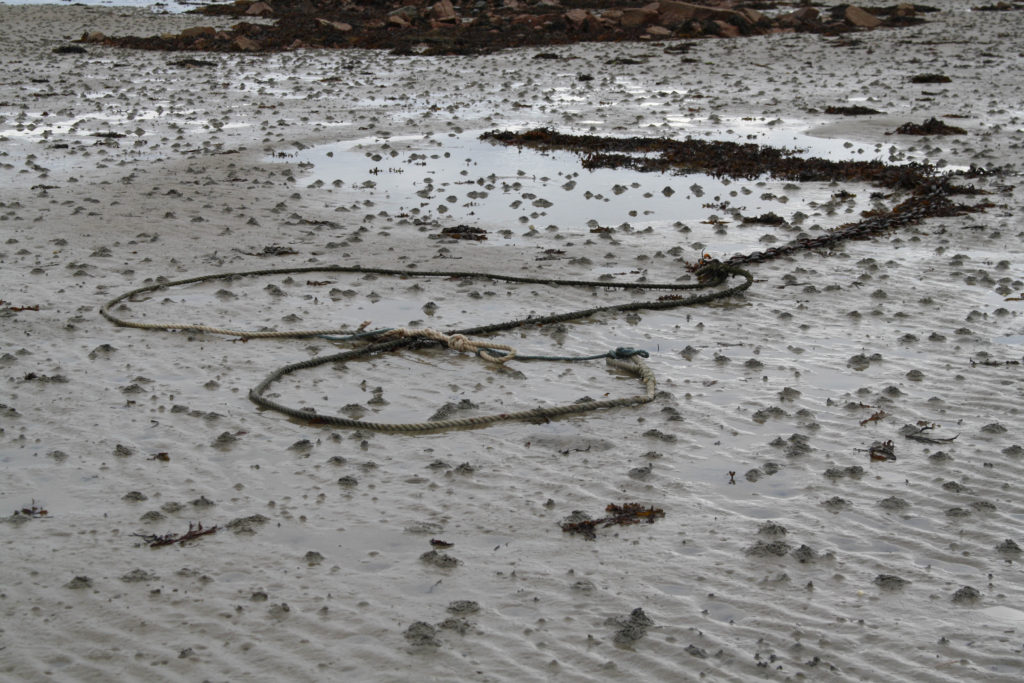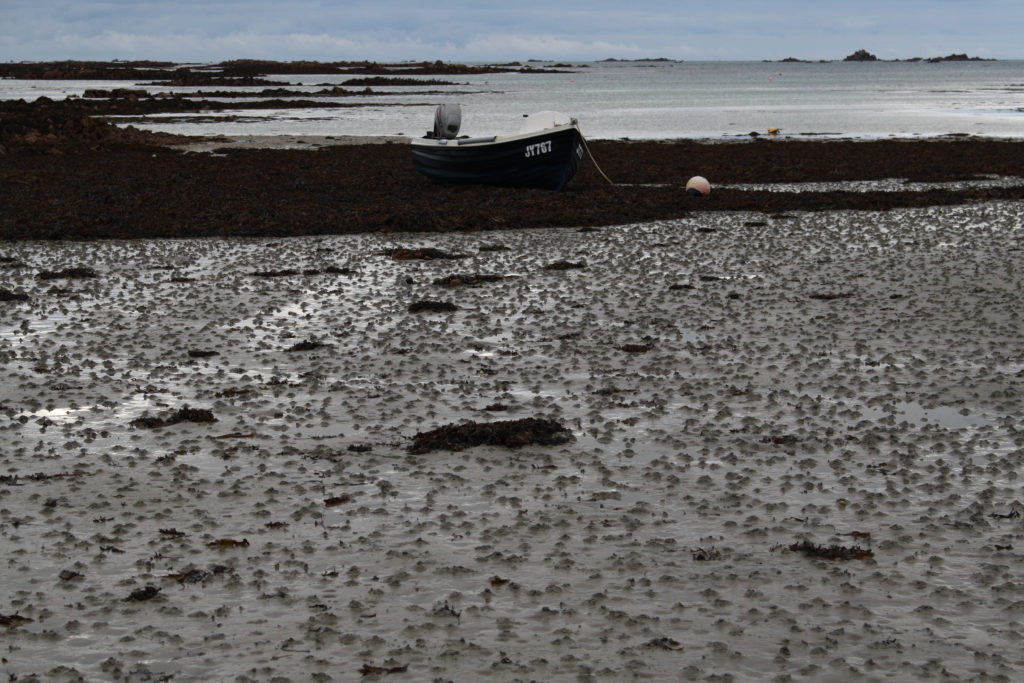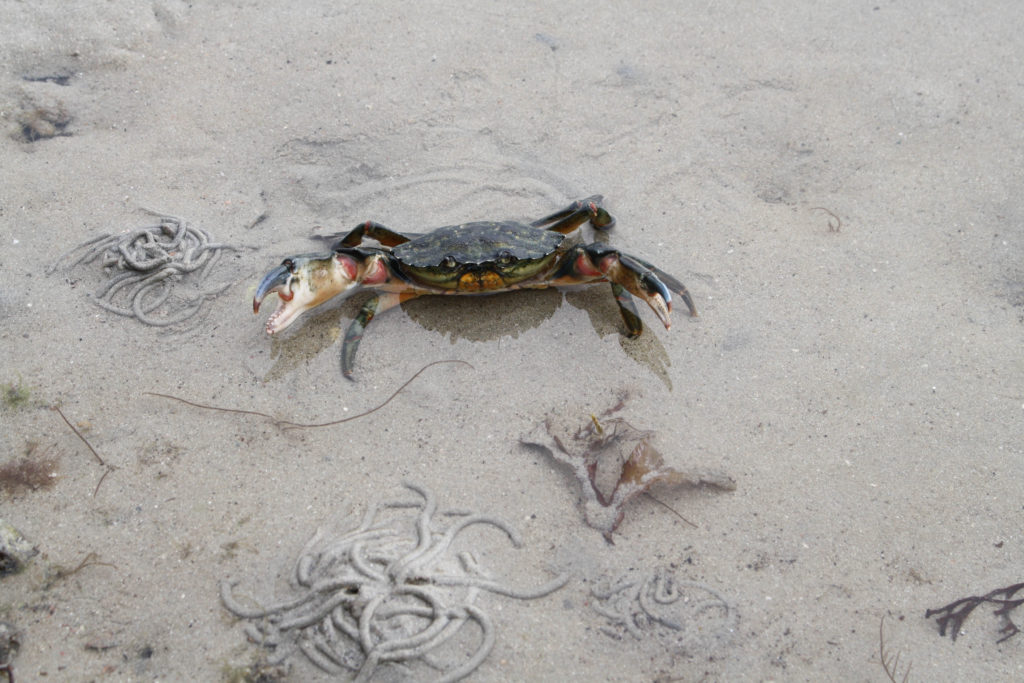‘How is loneliness portrayed throughout Bill Armstrong and Pablo Caridad’s work?’
For my personal study, my project will be on ‘Island loneliness’ observing how images of derelict sites project not just an unsettling emotion but also another side such as loneliness. There will also be a range of portraits giving an understanding how our community can be affected by their own on-going issues and how their surroundings impact on their mood. My style of work will be in correlation to Bill Armstrong’s where I will follow and interpret his idea of using silhouettes and filling them with a certain colour to show the mood and Pablo Caridad’s with my landscapes. Armstrong’s work shows a great interest to me as his creations are subtle but effective and show meaning behind them by his use of contrasts and effects. I am trying to communicate responses to isolation throughout my images with my portraiture whereas my landscapes following Caridad’s work will be examining neglected residences and how overtime they slowly demolish until there is nothing left, which you could relate to a person’s emotions. My outcomes will be edited mainly with darker backgrounds so there is a bigger focus on the main subject and less distractions. My preferred way of photographing is landscape, but for this certain piece portraiture half body shots will be included more as it emphasises what I am trying to achieve a lot easier than landscape. I will be using both studio lighting and natural light, natural lighting will give a more dramatic outcome as the weather is a big factor of targeting and showing emotion. My editing on lightroom and photoshop will consist of using the blur tool with my portraits and enhancing colours in more of an abstract way whereas my landscapes the contrast and brightness will be reduced and maybe layering some images.
Armstrong is a New York based fine art photographer known for his blurred colour photographs. He grew up in Concord, Massachusetts. He is intrigued by the use of colour in exhibitions, and as a result he has been shooting with colour for three decades. Caridad was born in Buenos Aires in 1972, the Argentine photographer captures wildlife and nature in his photographs, as he studied biology, he took an interest in the flora and fauna which went towards aiding university publications.

Armstrong has many solo exhibitions, one in particular during 2002 catches my eye called ‘Spirit’ this relates to a statement made in one of his biographies where he is describing how he makes some of his outcomes, ‘It is a world just beyond our grasp, where place may be suggested, but is never defined, and where the identity of the amorphous figures remains in question. It is a world that might exist in memory, in dreams, or, perhaps, in a parallel universe yet unvisited.’ This is referring to how he transforms his original images and then photocopies, cuts and re-photographs them then uses blurring so the edges of each collage disappear so the images appear seamless to the eye creating the idea of a World which exists in memory. His title reflects this as ‘spirit’ seems to imply a secondary dimension, one in which he aims to display. This fits with my point I am trying to show with my images, the way your memory reminds you of certain things or times that you reminisce creating a sudden wave of loneliness and realisation which brings you back to the fear of reality.
Caridad’s photographs link in with his background of education in biology as he used his knowledge to combine with his work, when he would explore the outdoors to study his degree, he would include taking photos as he also took a liking to photography and was collaborating with local magazines where his work was exhibited, he then later decided to choose his photography over his education in biology. His most recent exhibitions have been selected for the National Hall of Visual Arts of the Festival de la Luz in Argentina. He is currently working as a commercial photographer whilst doing independent projects such as fine art photography portraying post- conflict zones and environmental issues. As he grew up in a poor economy, his surroundings were rather limited, such as having more run-down buildings which improvised on his work ethic. Caridad’s project is intertwined with mine depicting a type of loneliness because his perspective on the buildings and landscapes he captures often being absent of other people. His works also capture the desolated perception that is left with the surrounding, how the isolation is worthy of being photographed as there is history and background to what it once was. Although the idea of loneliness could be seen as someone who is content with themselves and therefore looks to find solitary solitude in an escape from the urban world.

Jersey infrastructure can be somewhat similar to what Caridad photographed but also has its own features. As some areas are very rural/ suburban and mostly less urban, however jersey is a very wealthy island and has a good economy, but abandoned buildings are still present which can be likened to Caridad, however this contrasts with the photographer as unlike Caridad the abandoned/rundown buildings are amongst nicer properties and offer contrast due to the fact most people who live in Jersey are professionals of the older demographic and have more disposable income when compared to the area in which Caridad takes his photos resulting in the derelict buildings being out of place in Jersey. His piece of work, ‘Bygone Olympic days’ was photographed in 2014, the isolated structures were part of the 1984 winter Olympic games, this was the first Olympic games hosted in a Slavic language speaking country. Due to weather complications the games were held back 4 days, the structures which were captured by Caridad are visibly damaged and this is not just because of how overtime it has decomposed but as there was a War which broke out in Bosnia and Herzegovina in 1992, this heavily damaged the city and the Olympic facilities. Some sites have been renovated after the war, but others remain abandoned leaving the bobsleigh track as one of the most well-known sites. This leaves the site as a place where you may go to pay respects and reminisce on the tragic incidents which took place somewhere which was once a happy environment and now a place of despair. As a former Soviet Union country Yugoslavia was tremendously underdeveloped both politically and economically which has continued to the time in which the photograph was taken.
After a period of political and economic crisis in the 1980s, constituent republics of the Socialist Federal Republic of Yugoslavia split apart, but the unresolved issues caused bitter inter-ethnic Yugoslav wars. Furthermore, the photos apply to the modern world in the fact that there is a declining number of countries willing and able to host the Summer and Winter Olympics due to cost vs revenue, observed recently in the 2016 Olympic games held in Brazil, much of the built stadiums and facilities are abandoned and no longer utilised, similar to the ones in Sarajevo. His love for nature and the environment led to him taking photos of these out of place, manmade structures which visually polluted the environment, something in which he feels strongly about.
Both his and Armstrong’s work links together in a way as their images both include singular focal points which you can depict and portray to fit with my theme of loneliness. Both photographers have their own unique way of how to portray an emotion that is normally just felt and not seen. My research sources for Caridad were very limited as lens culture was really the only reliable source, as his work isn’t that well known other than in Argentina. However, Armstrong had a lot more such as Wikipedia and his own websites where his different styles of work are exhibited online. I have been influenced by both styles of work as it is different way of interpreting how an emotion can deeply feel and take over you, I first started off with the idea of capturing dark settings for the effect of loneliness but then decided to get more creative and developing my unique style of work with deeper meaning and understanding of how feeling and being lonely can feel and look different to everybody inside their own mind and body. Depicting loneliness can be done in a variety of different ways, whether it be done through the use of neglected habitats in our environment by Caridad or by using bursts of colours for evaluating moods and blurred distorted effects on behalf of the headspace of an individual from Armstrong. I have learnt that expressing this topic has worked well in both styles and that there is not just one certain use of expression through photographs which can give a better understanding, though one style may be more eye catching to some and more meaningful depending on the viewer, beauty is ultimately in the eye of the beholder.
Pablo Caridad
Bill Armstrong
Bibliography
Pablo caridad- https://www.lensculture.com/pablo-caridad
Bill armstrong- https://www.billarmstrongphotography.com/




